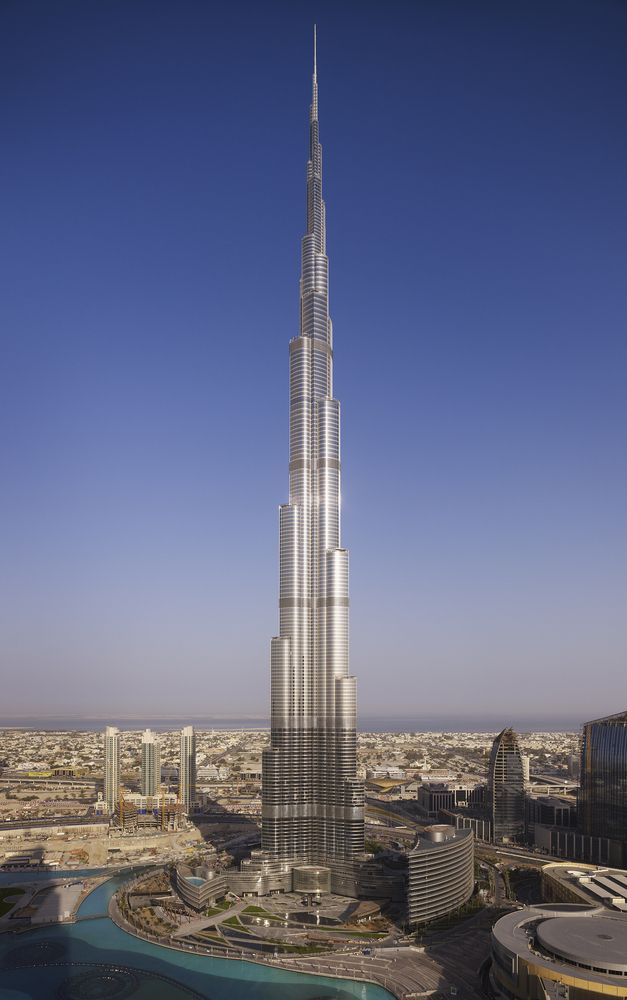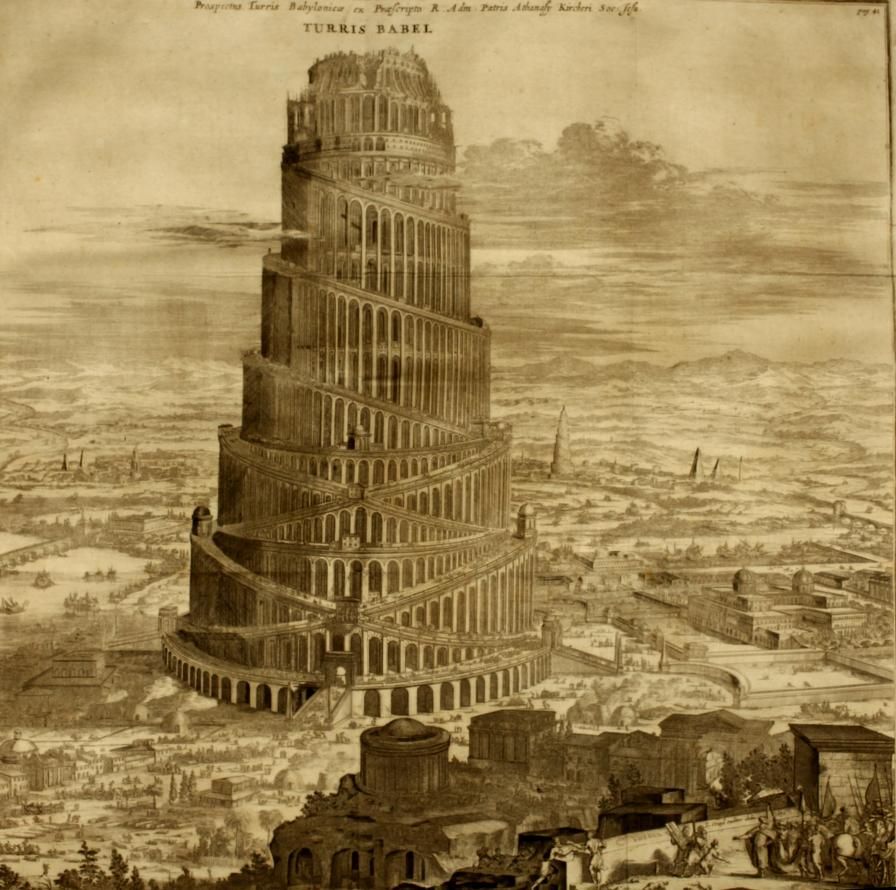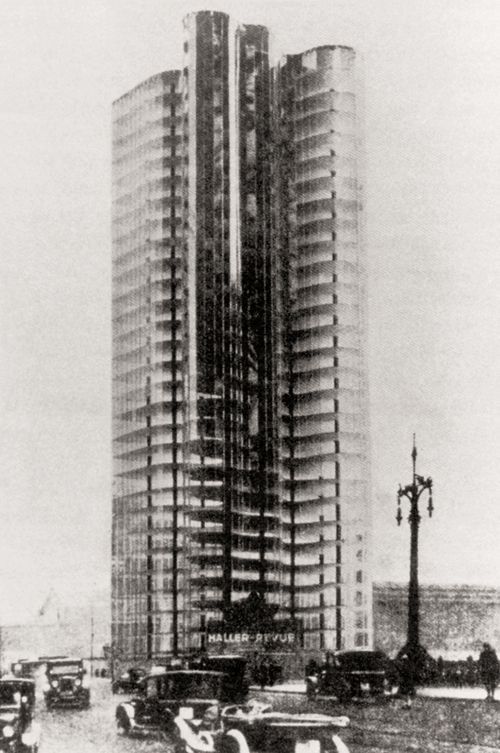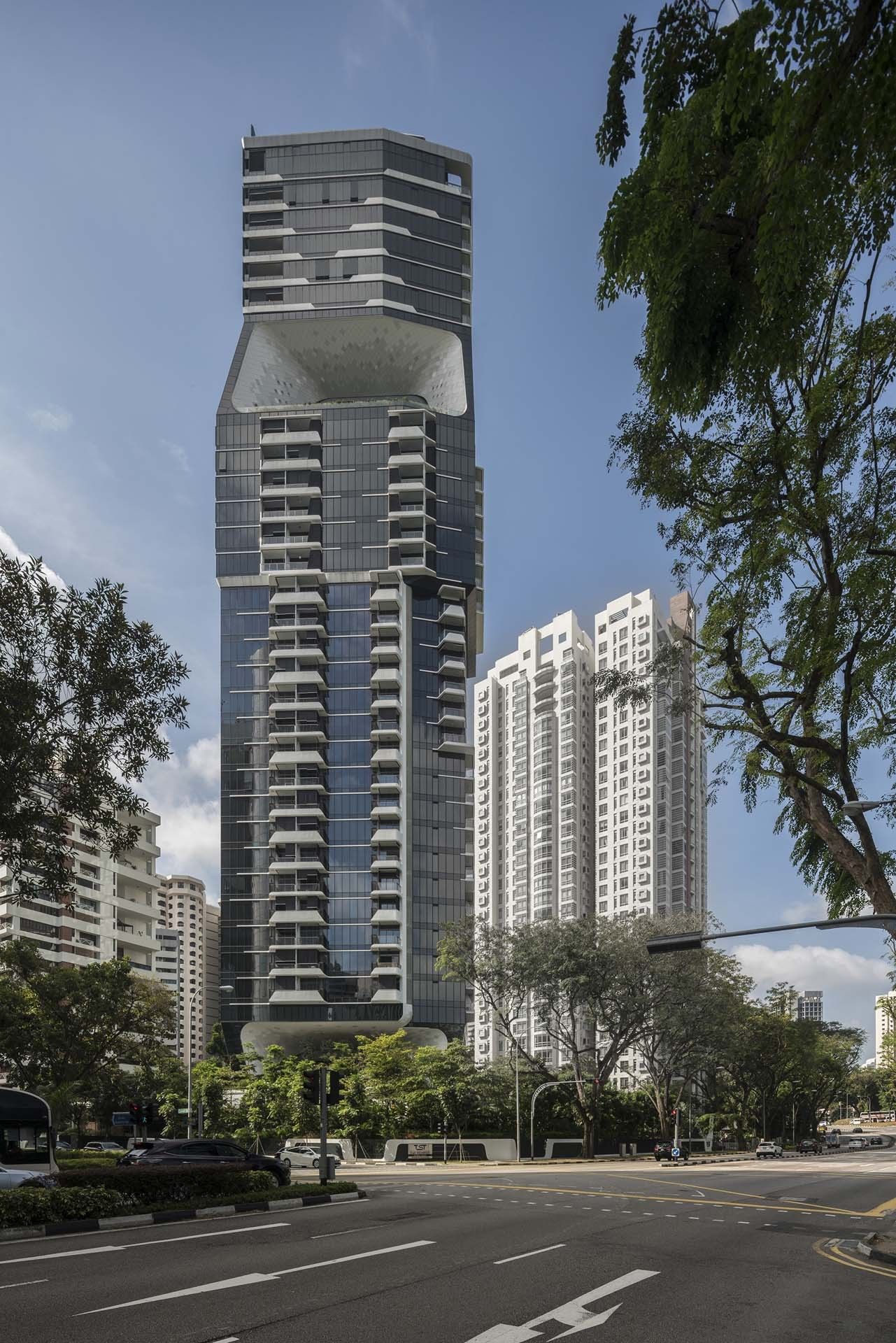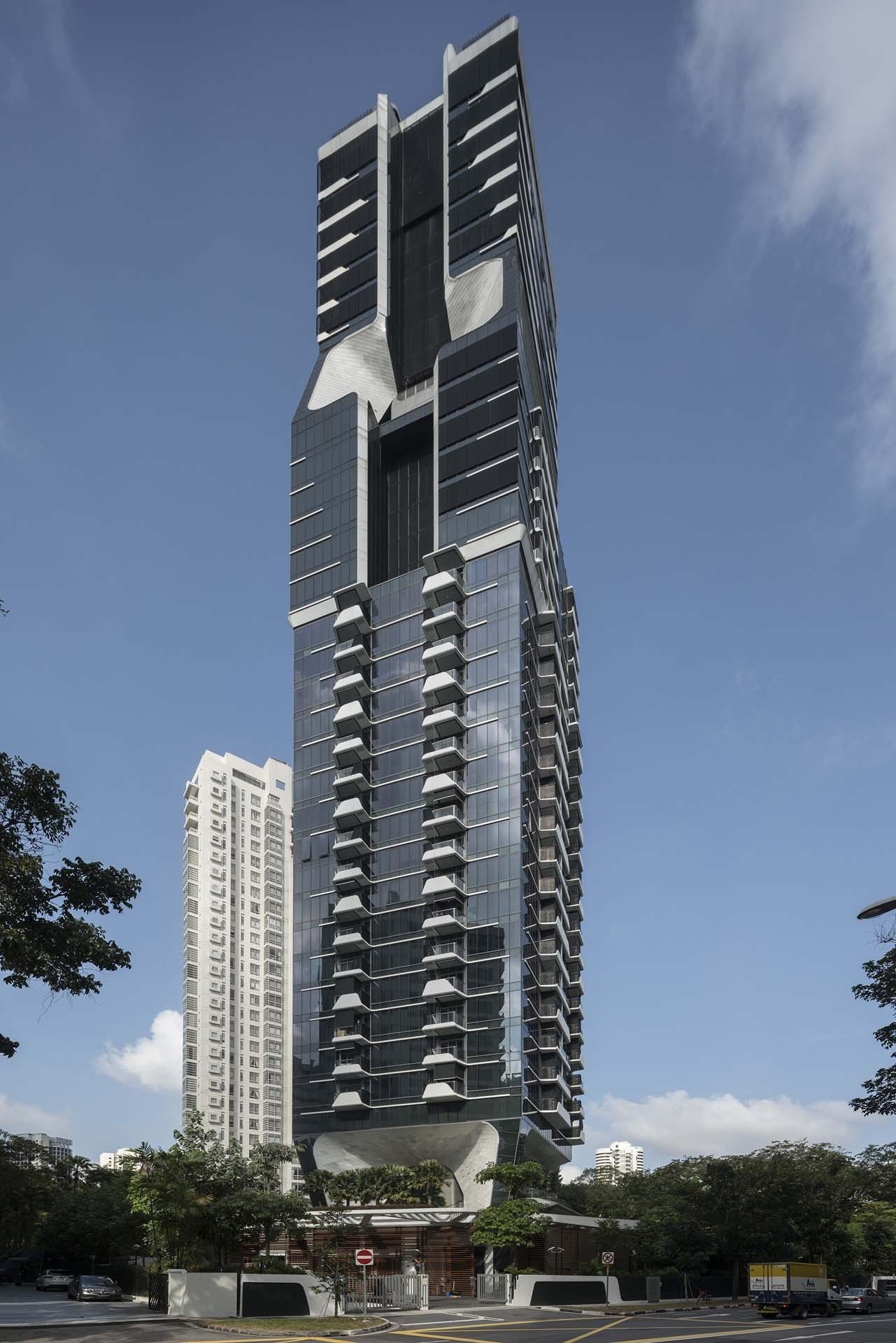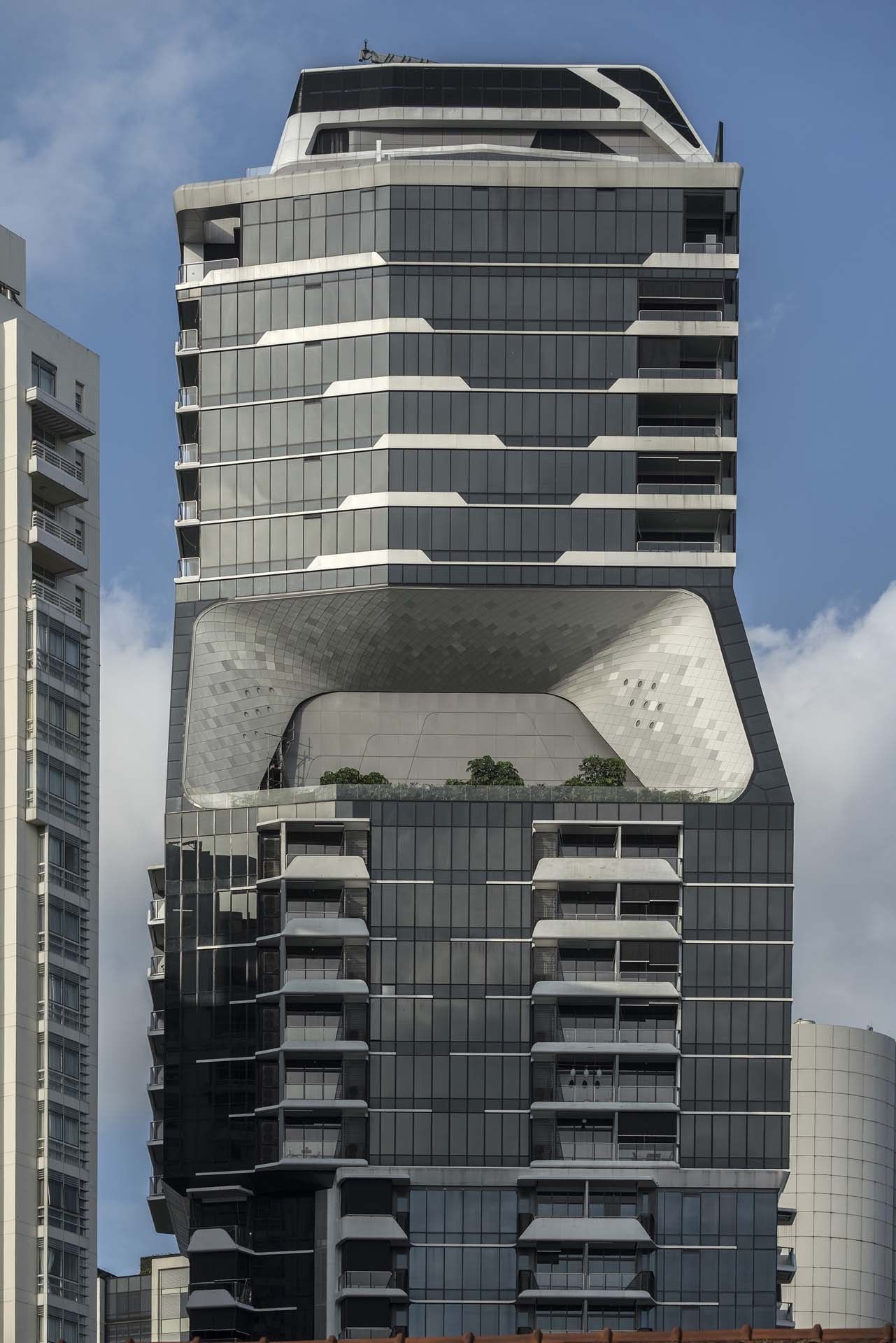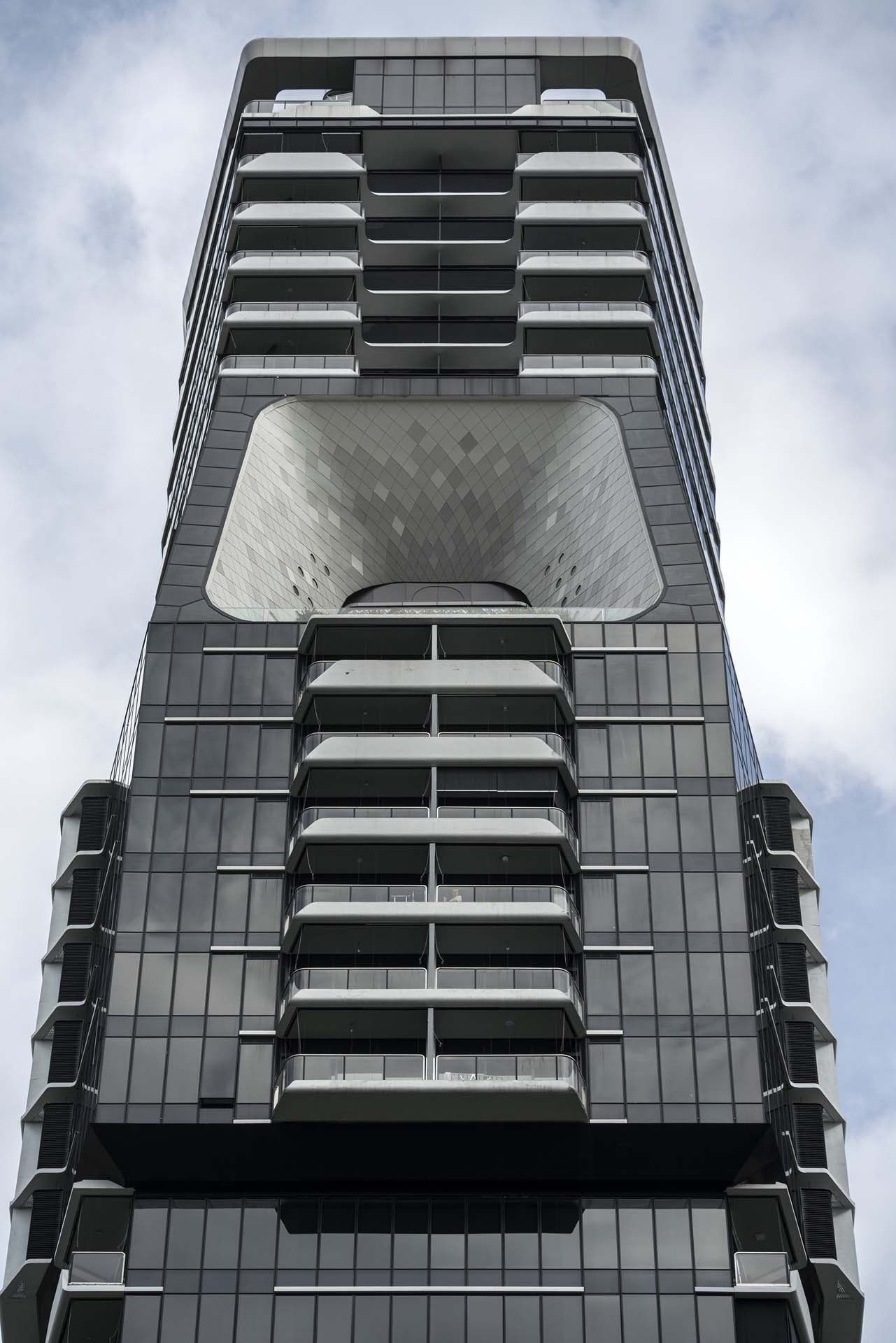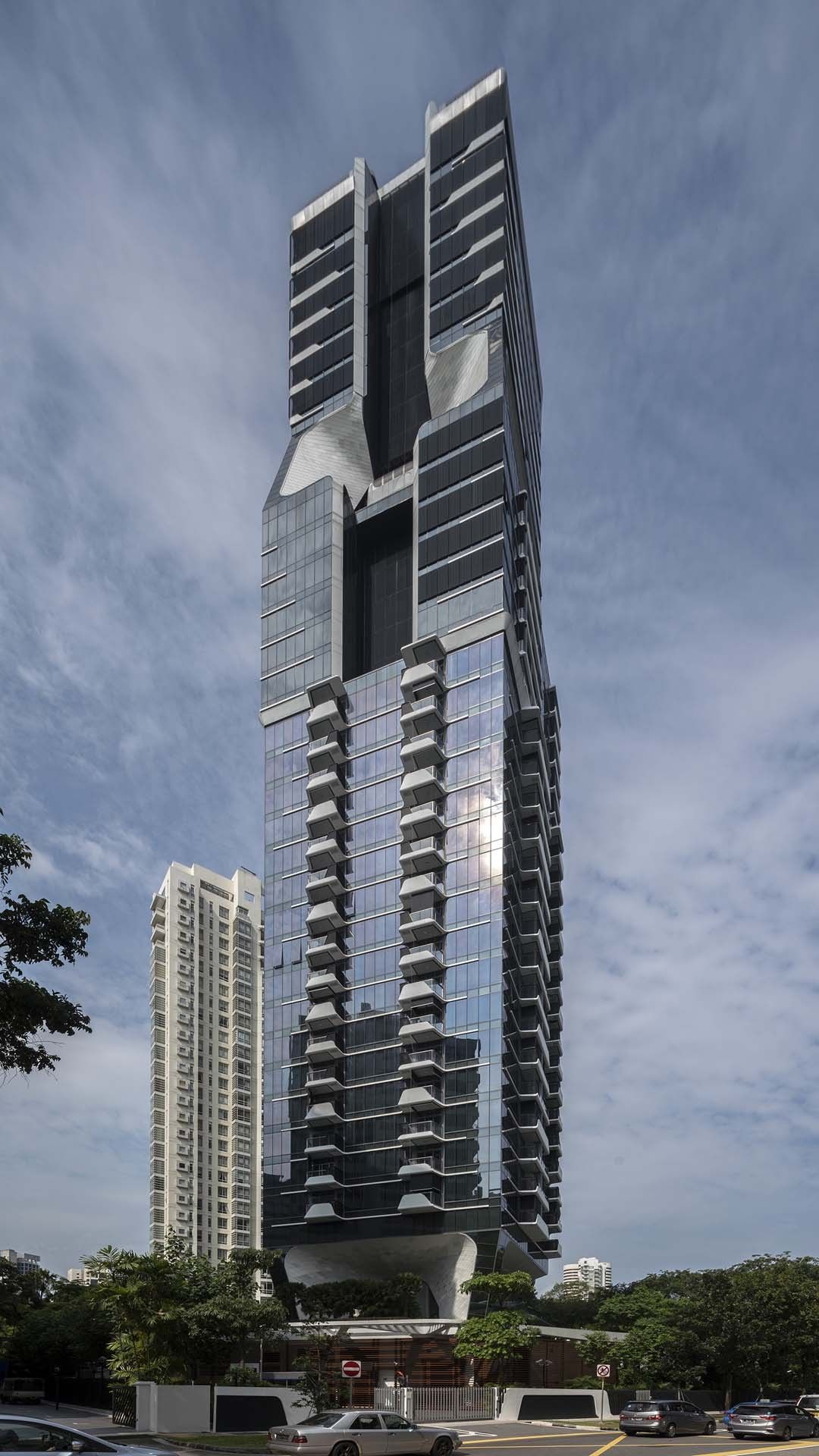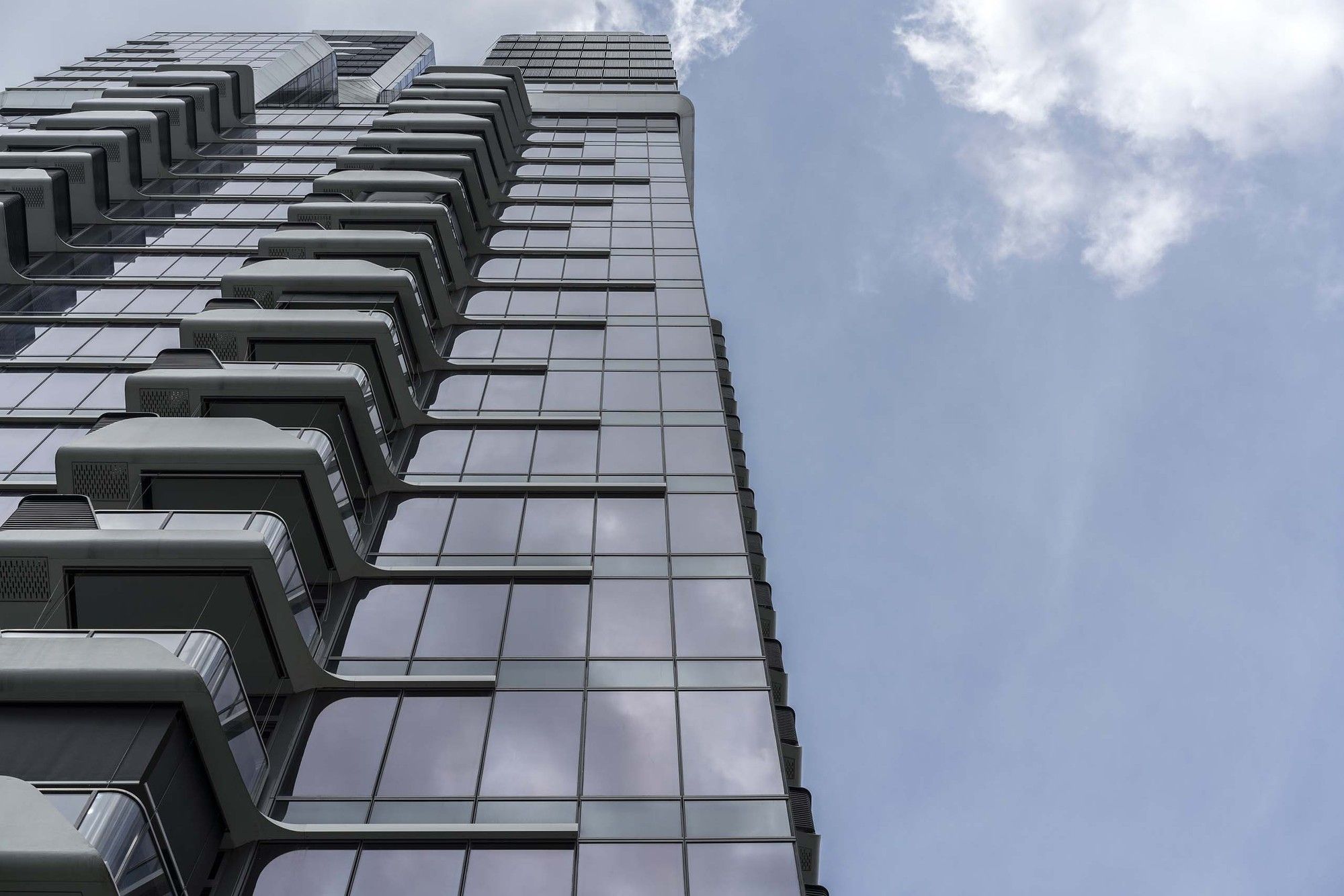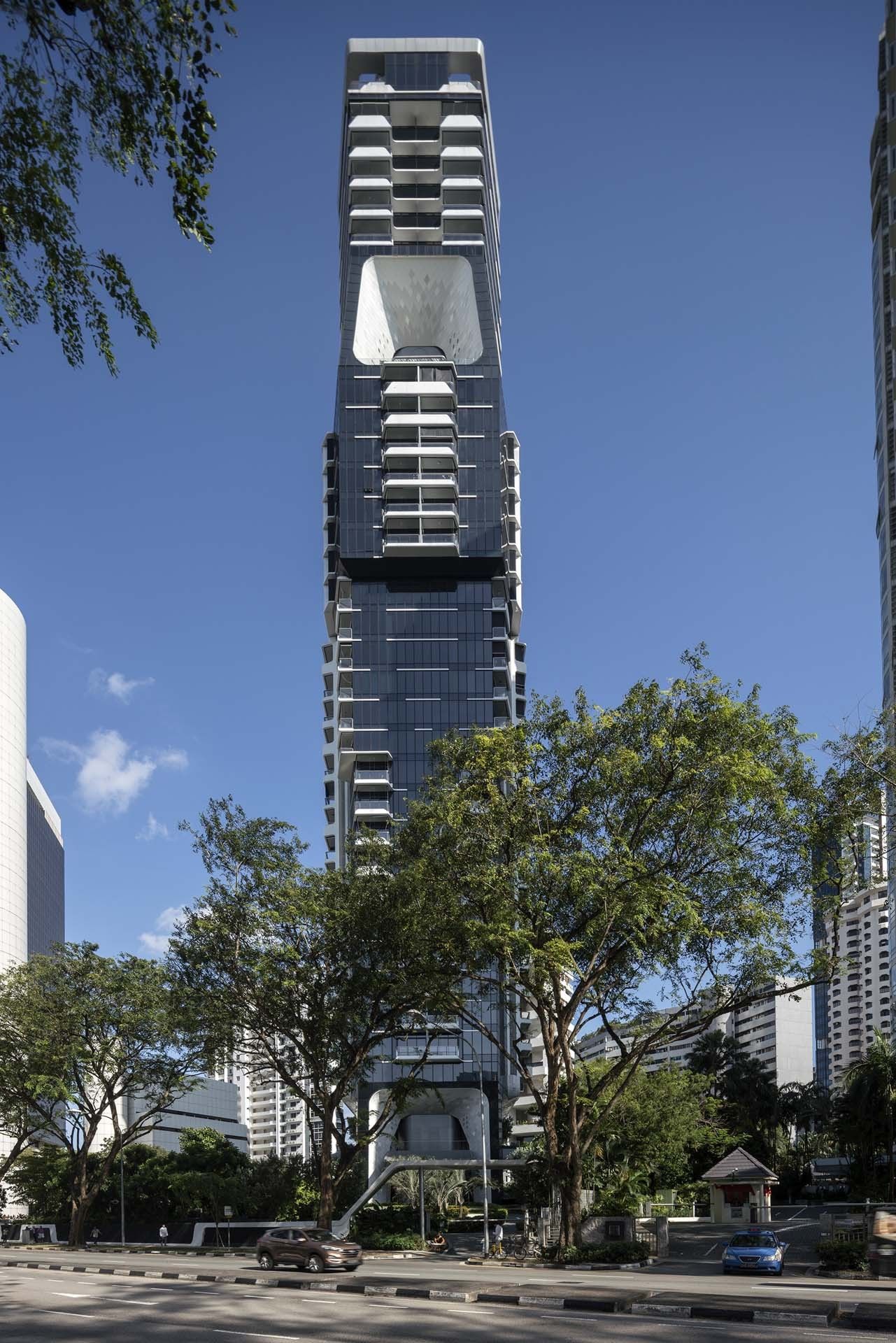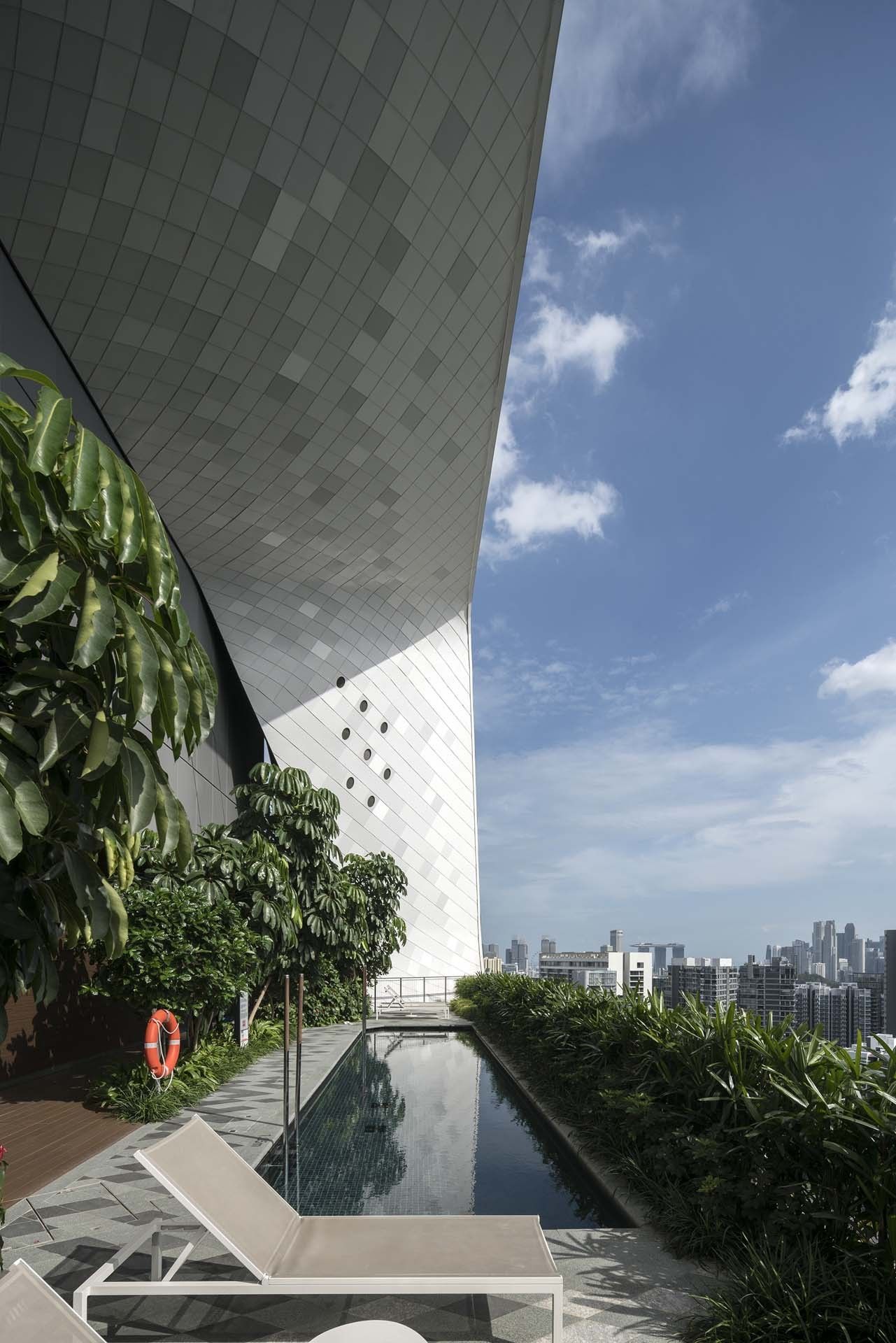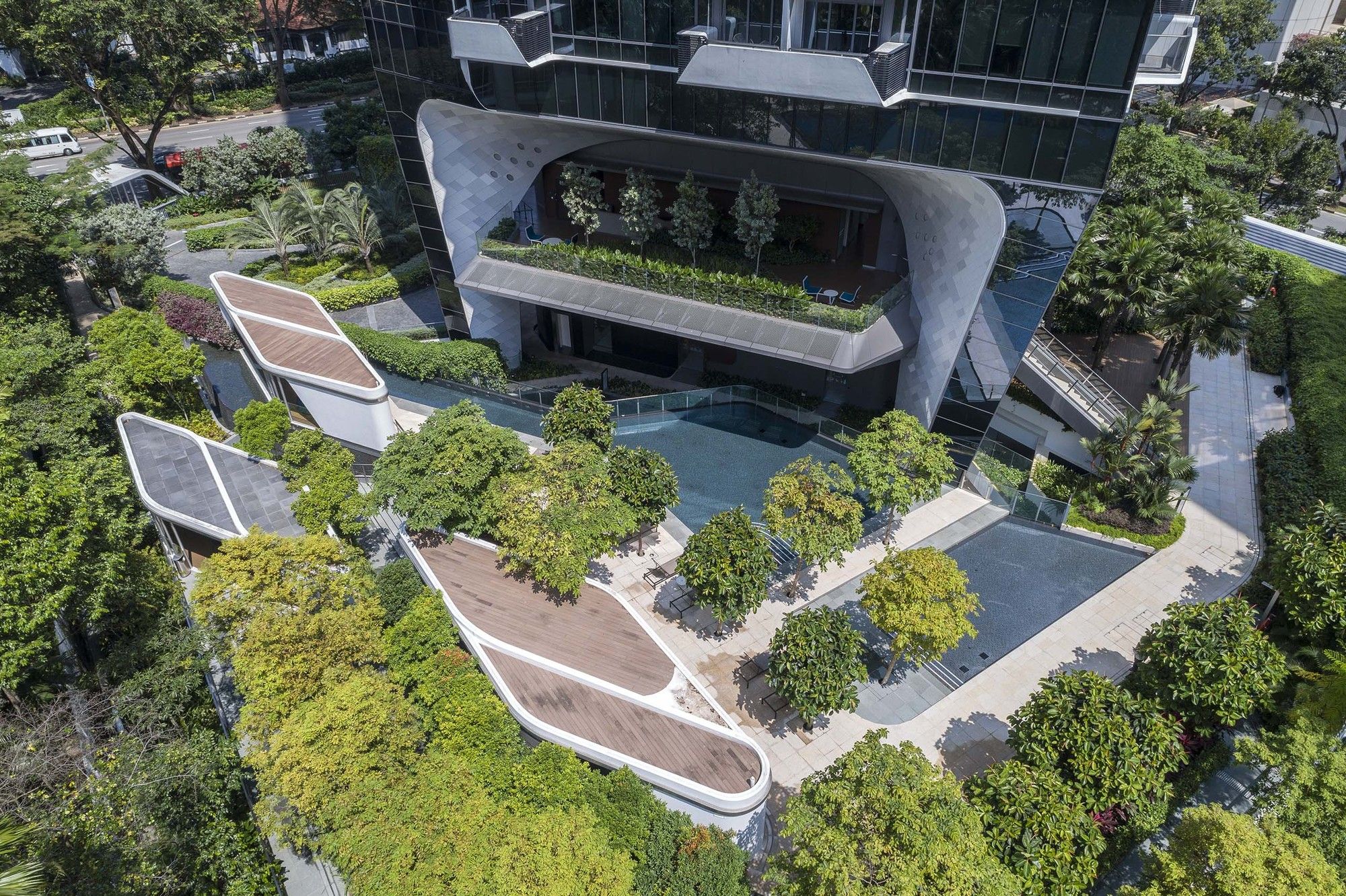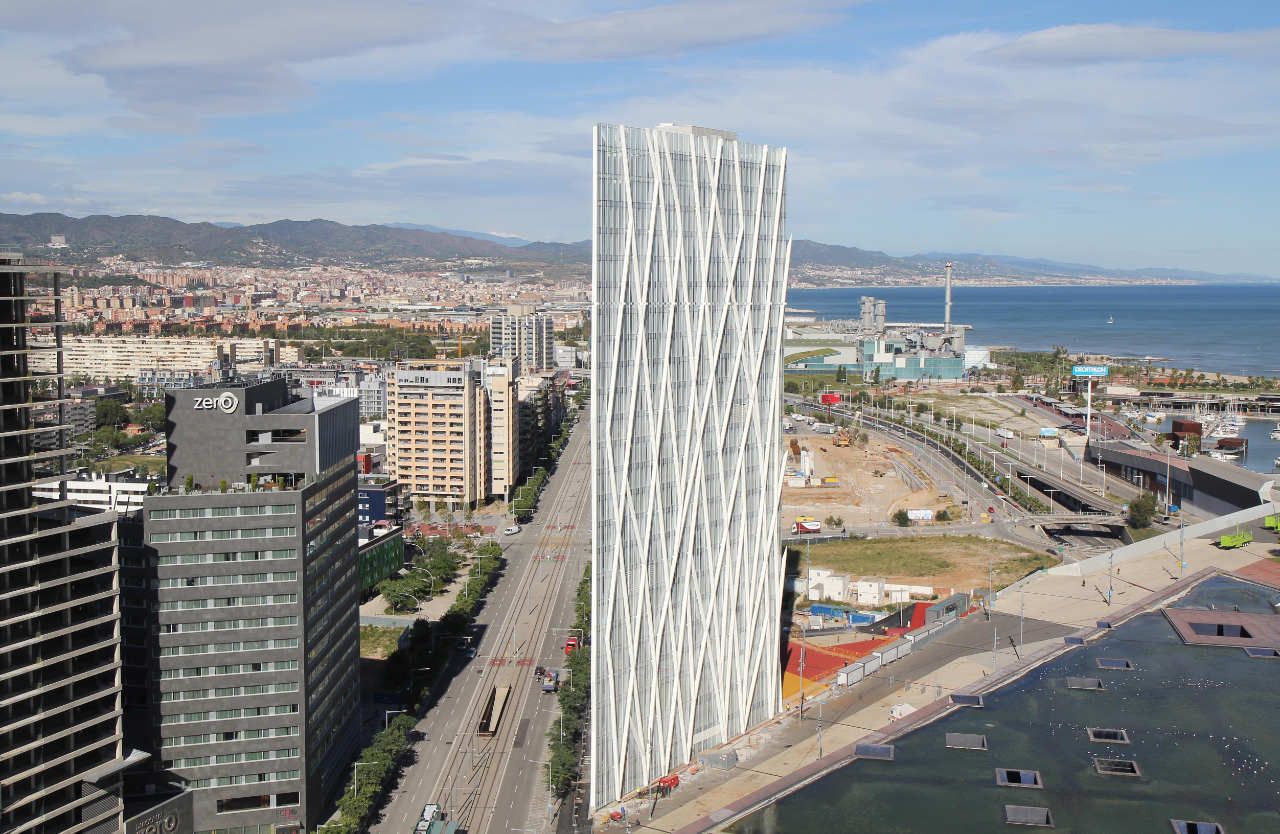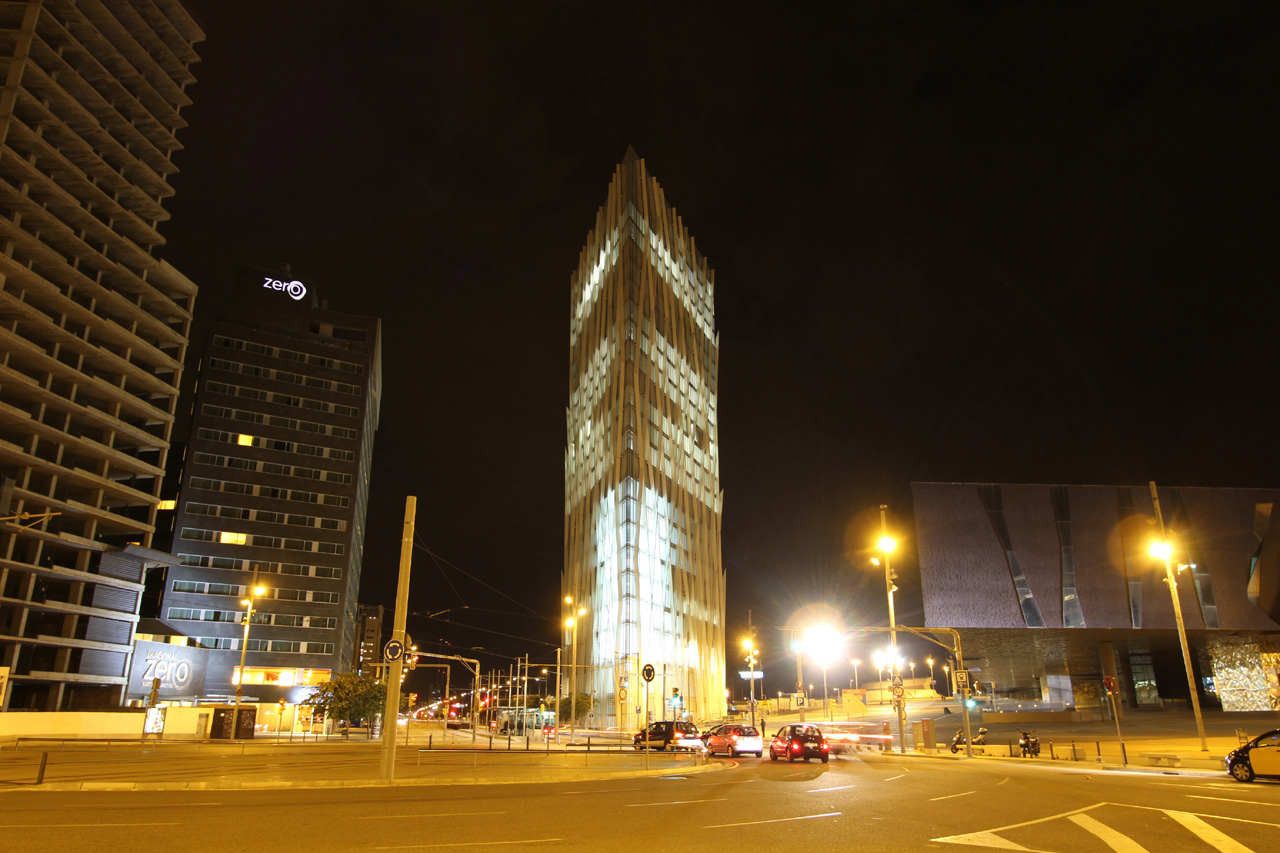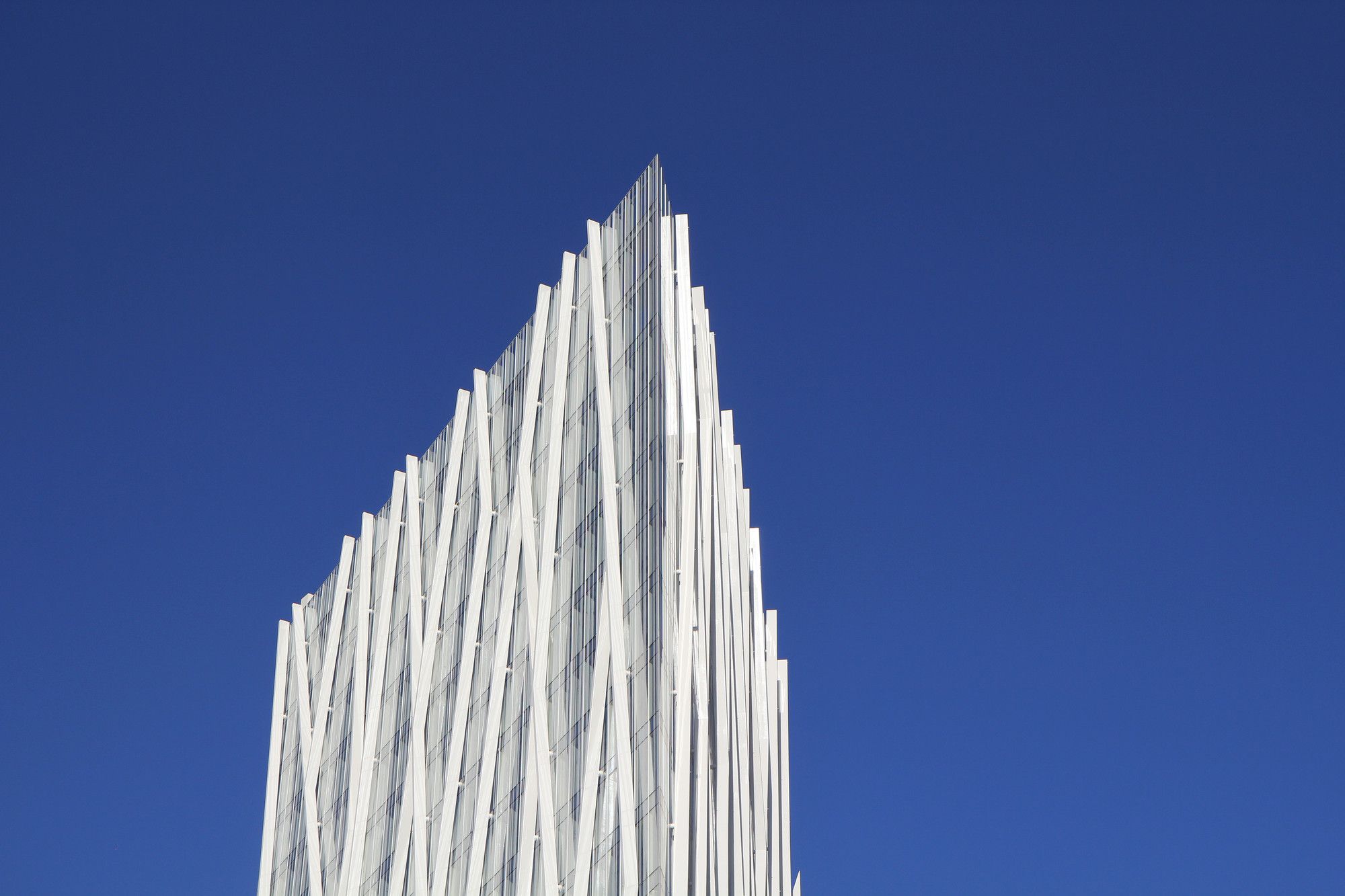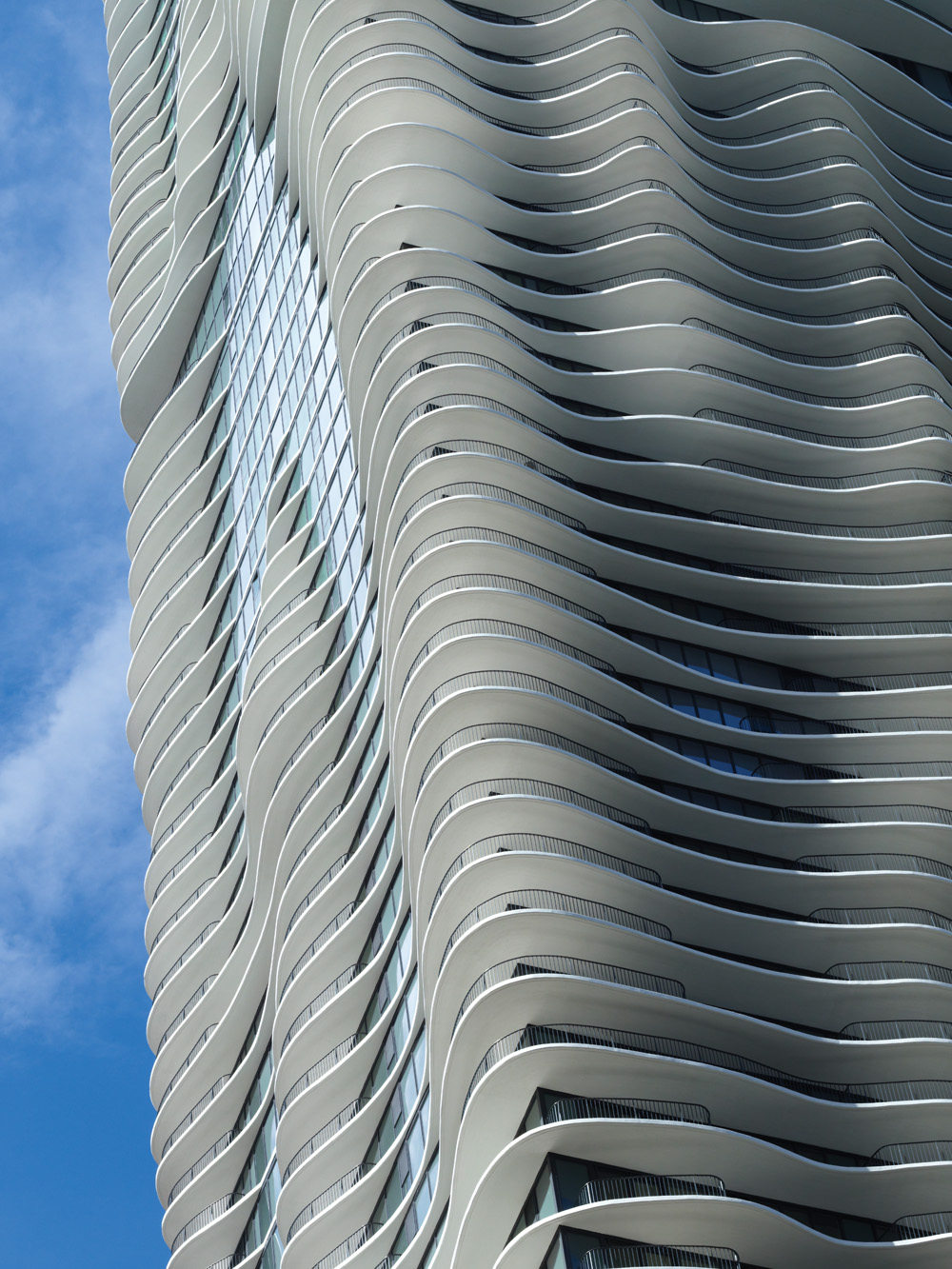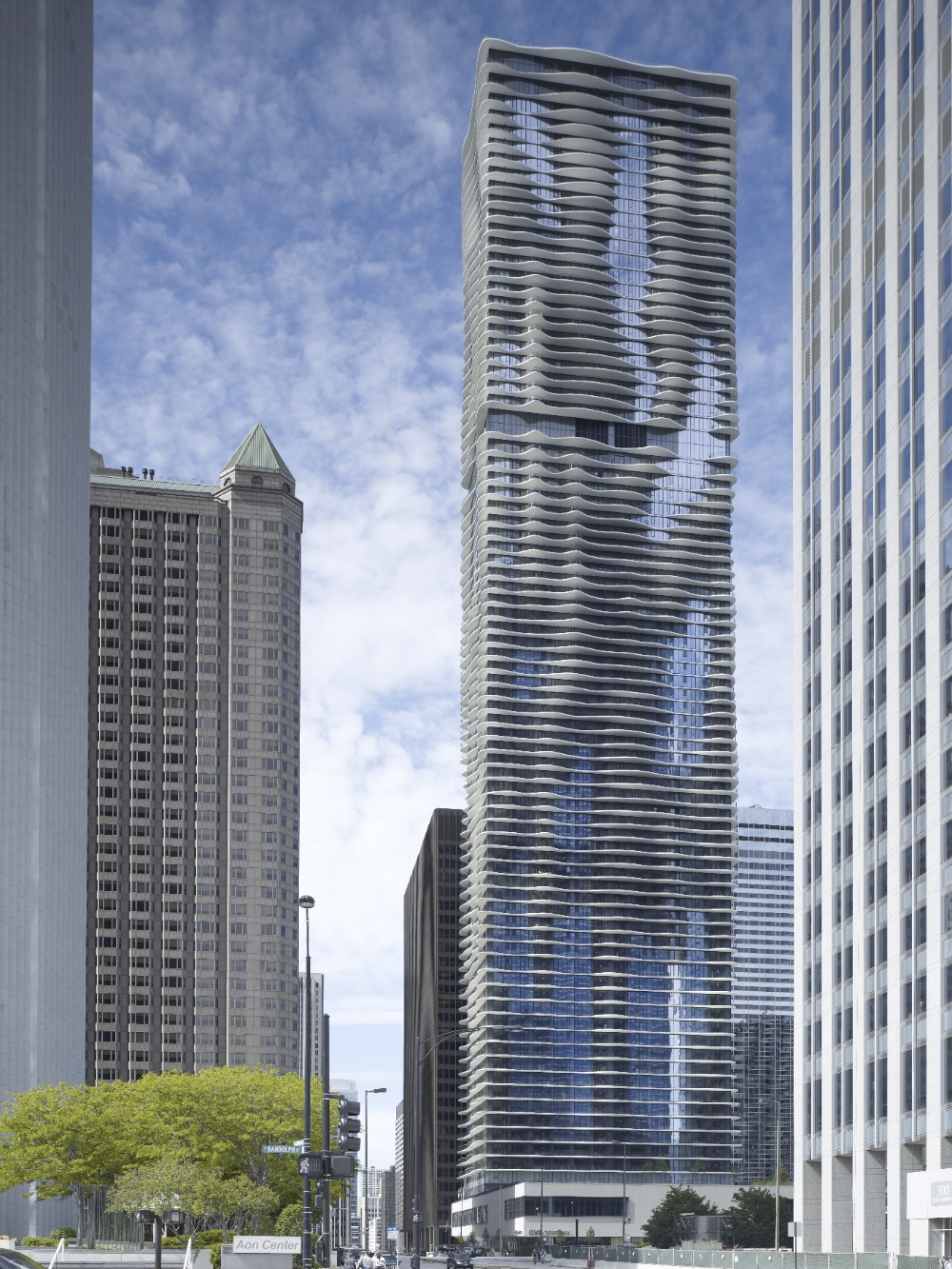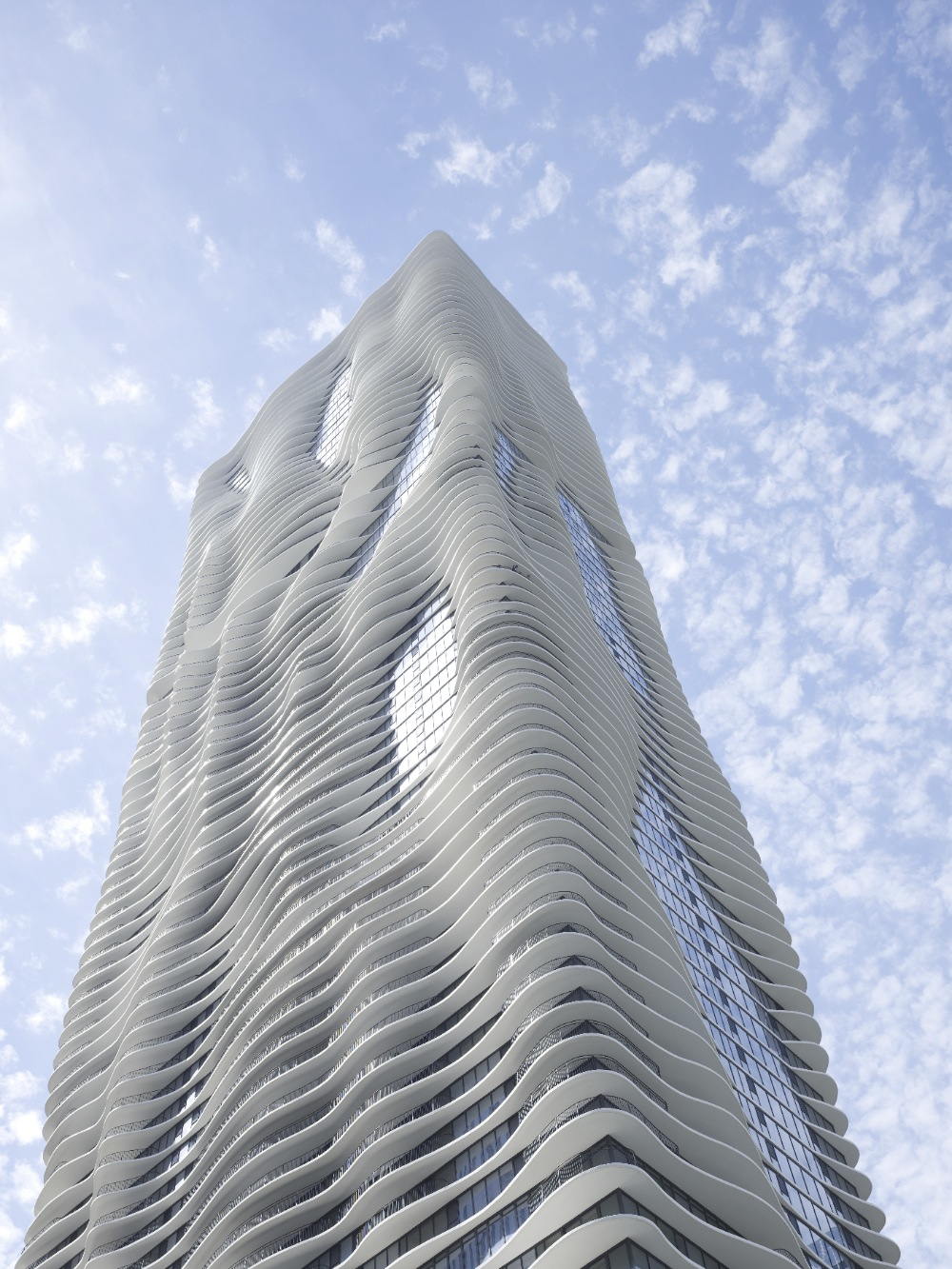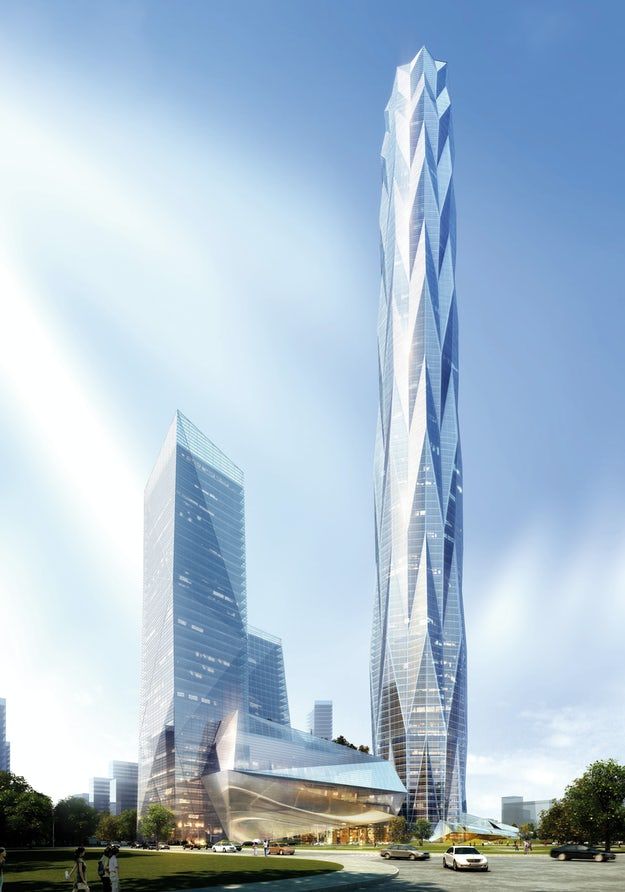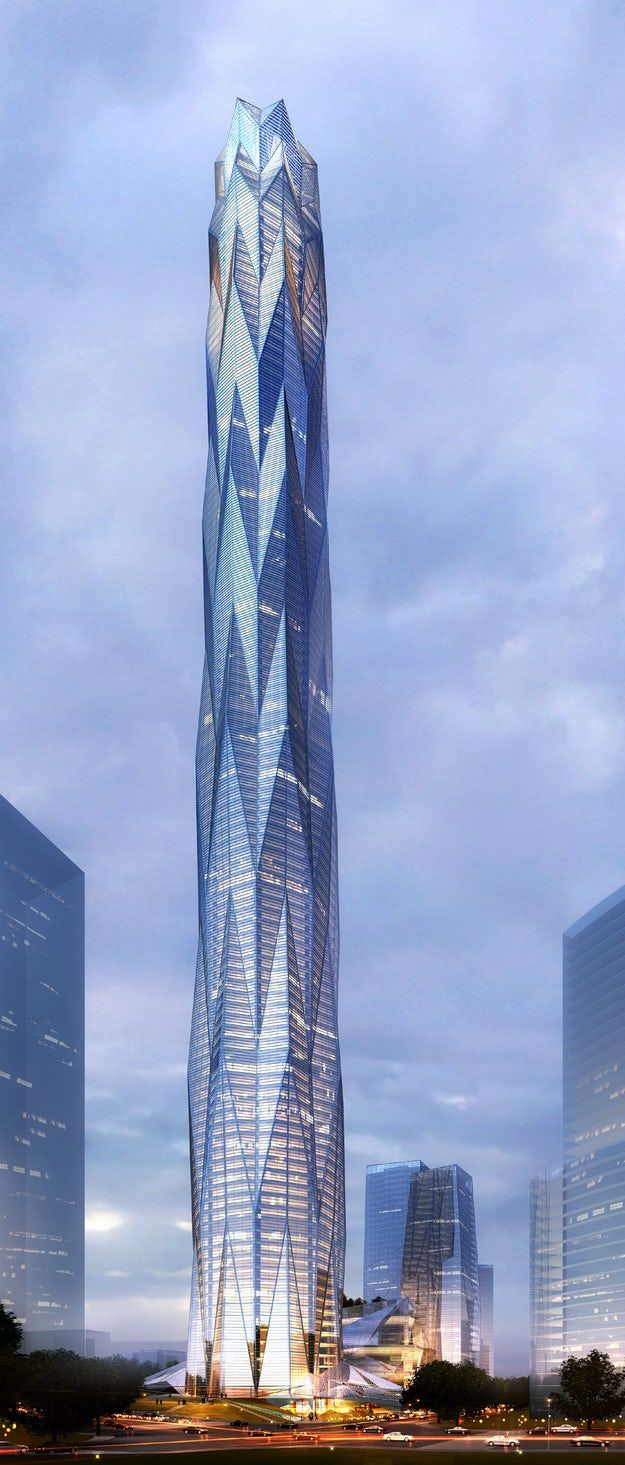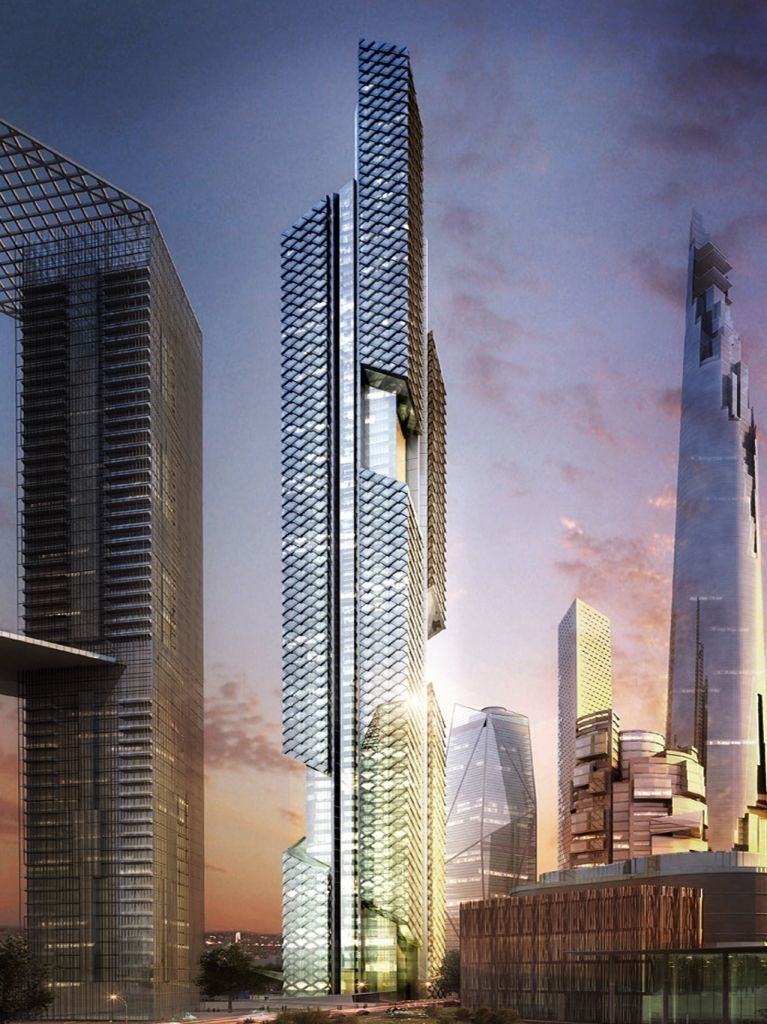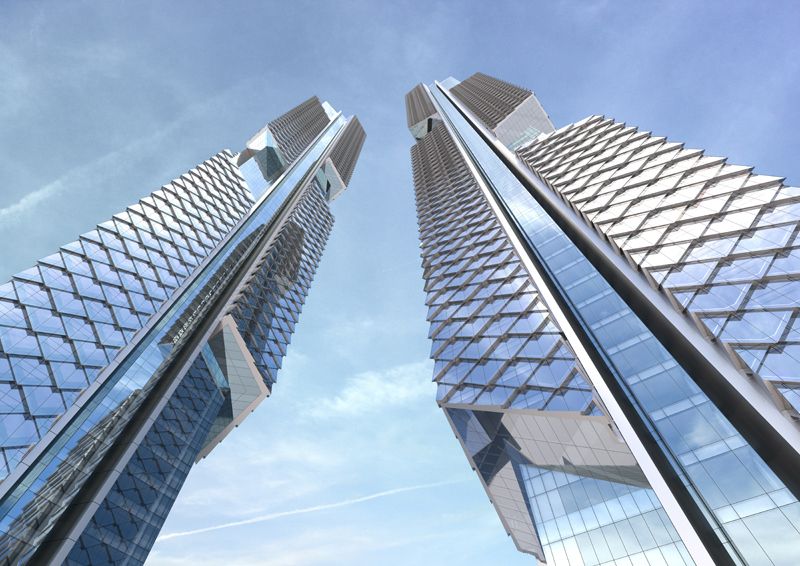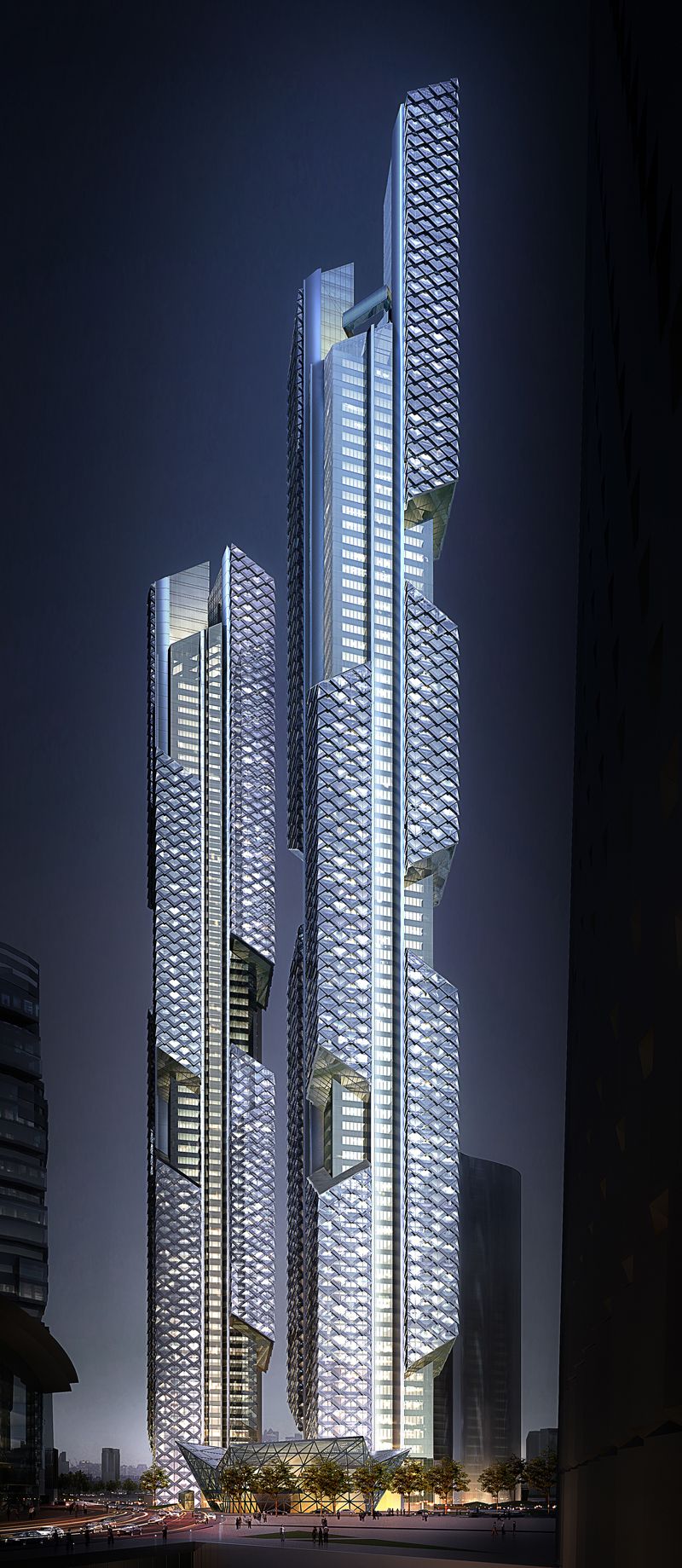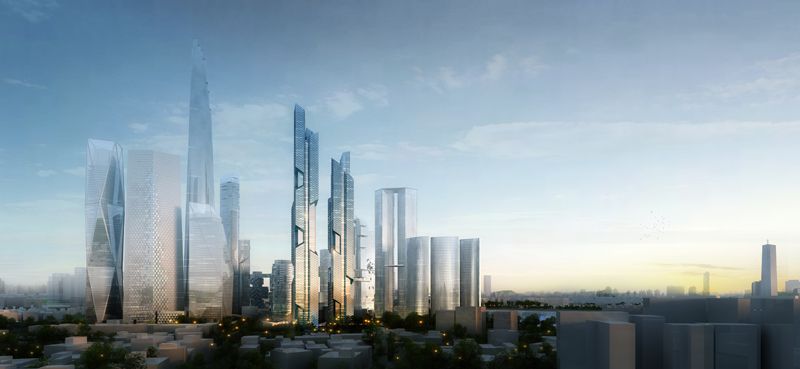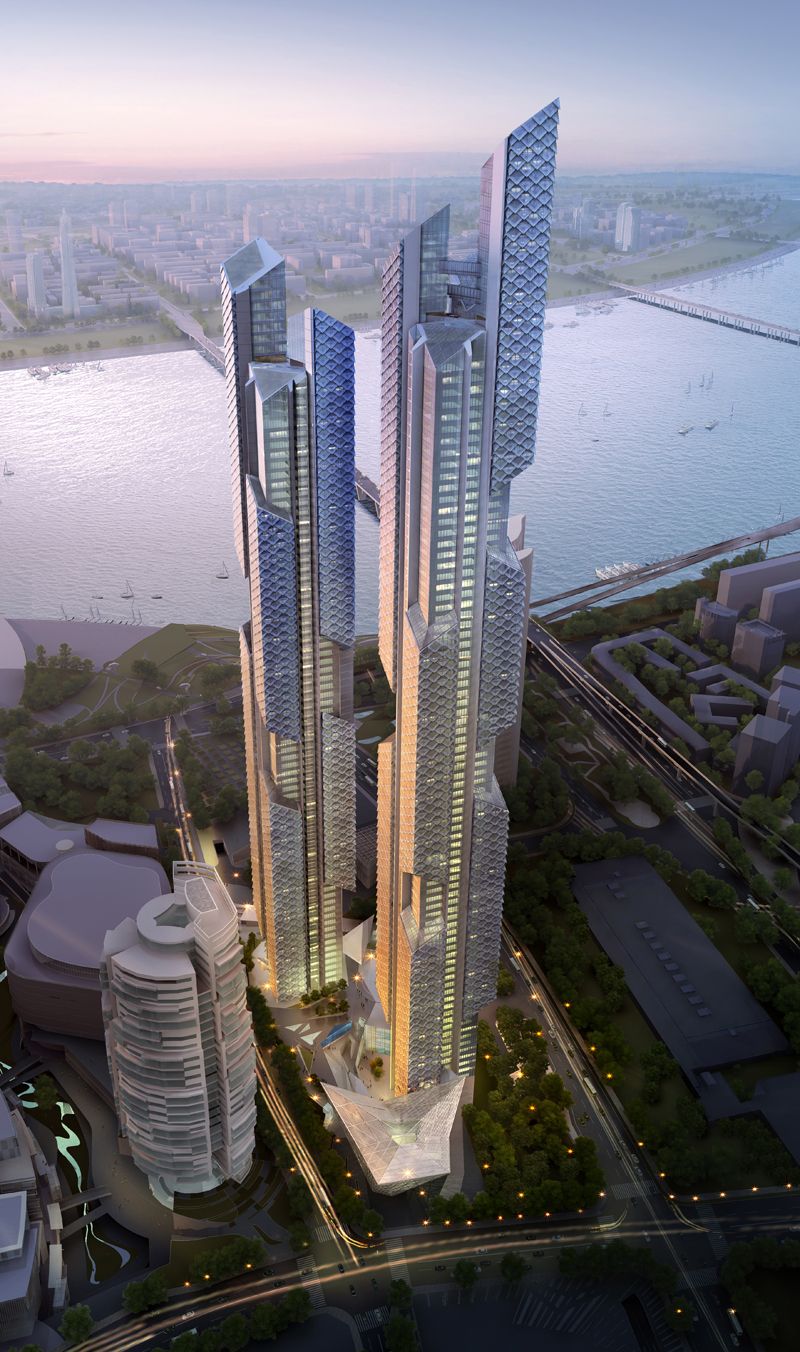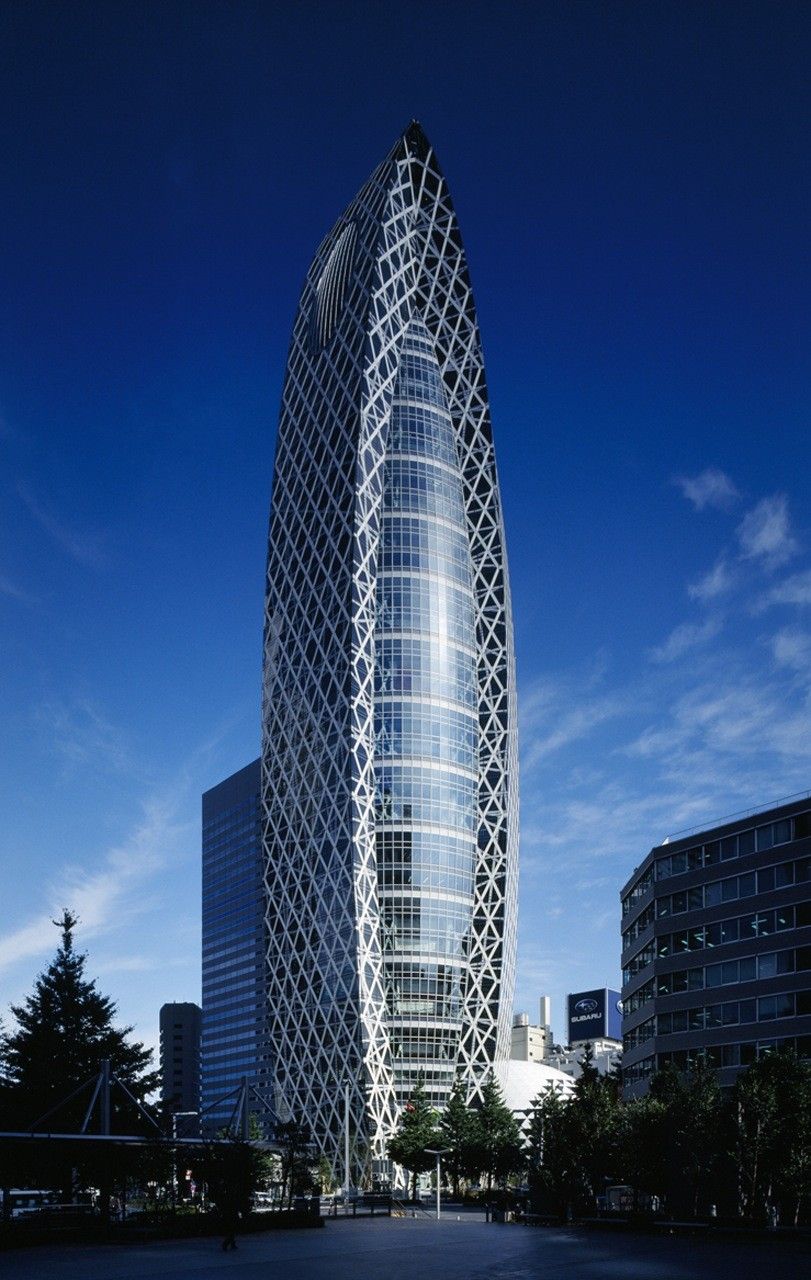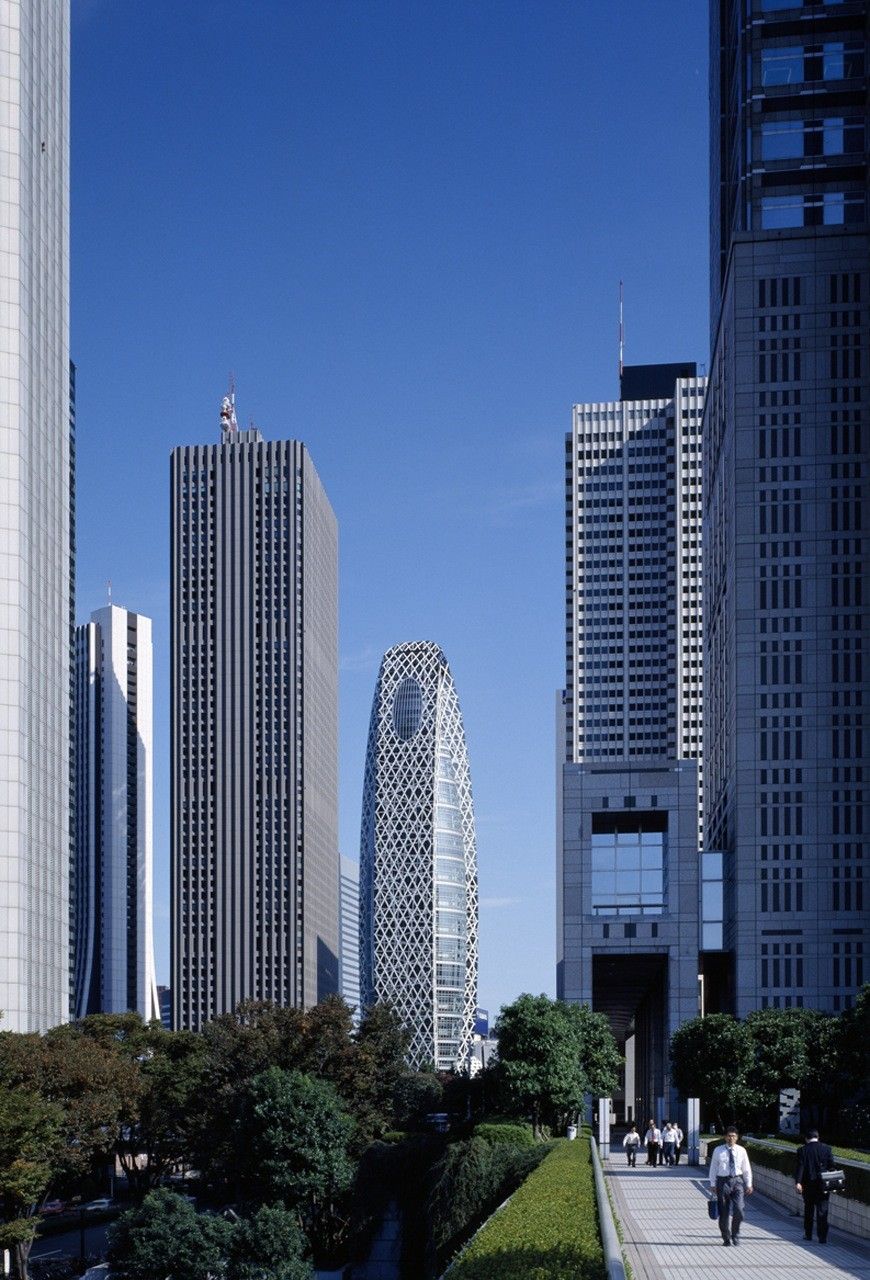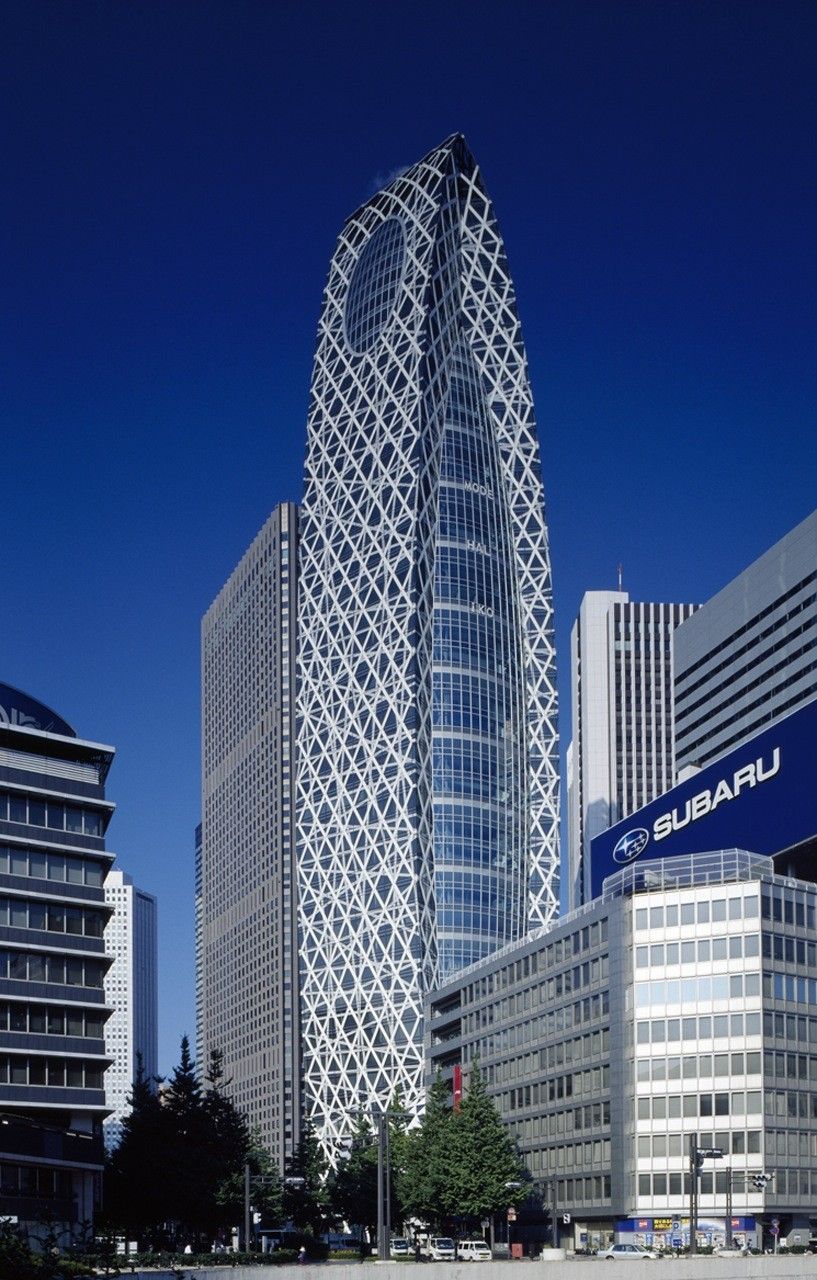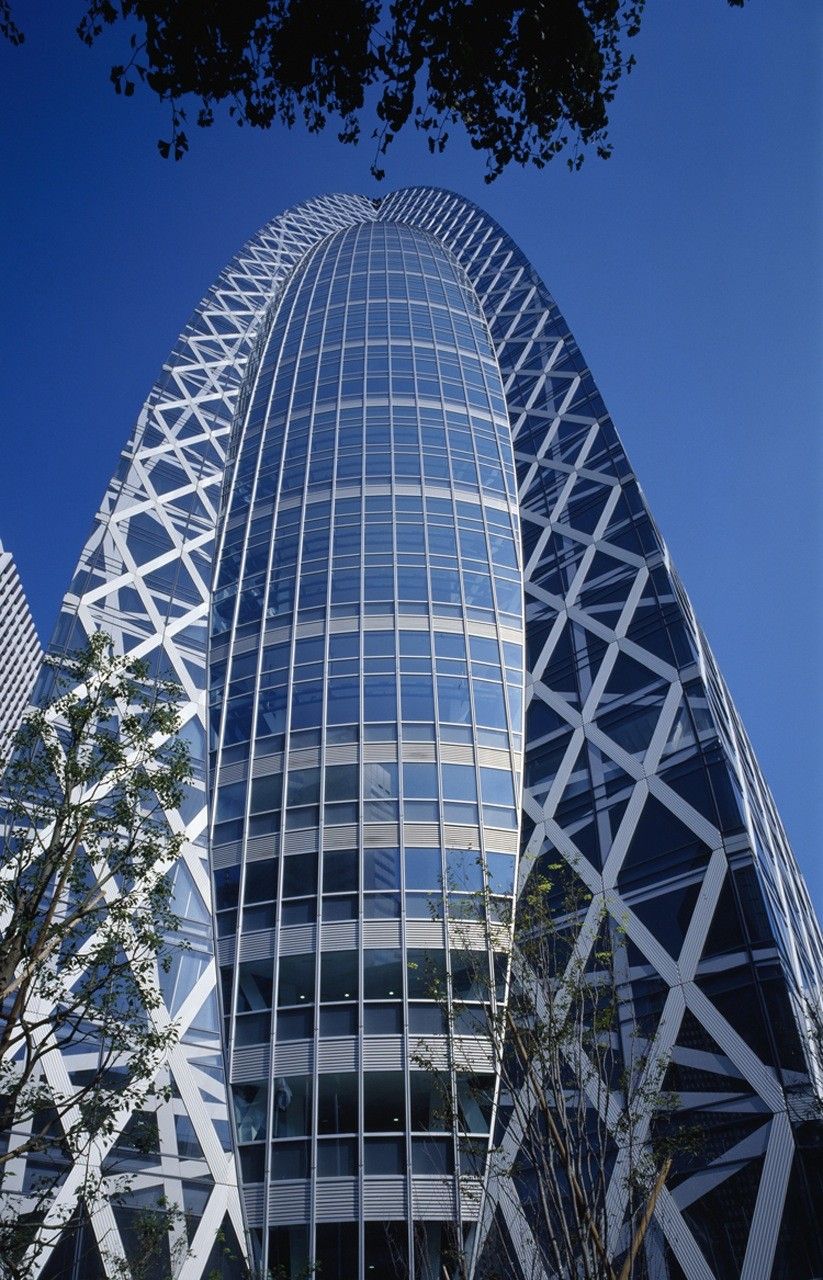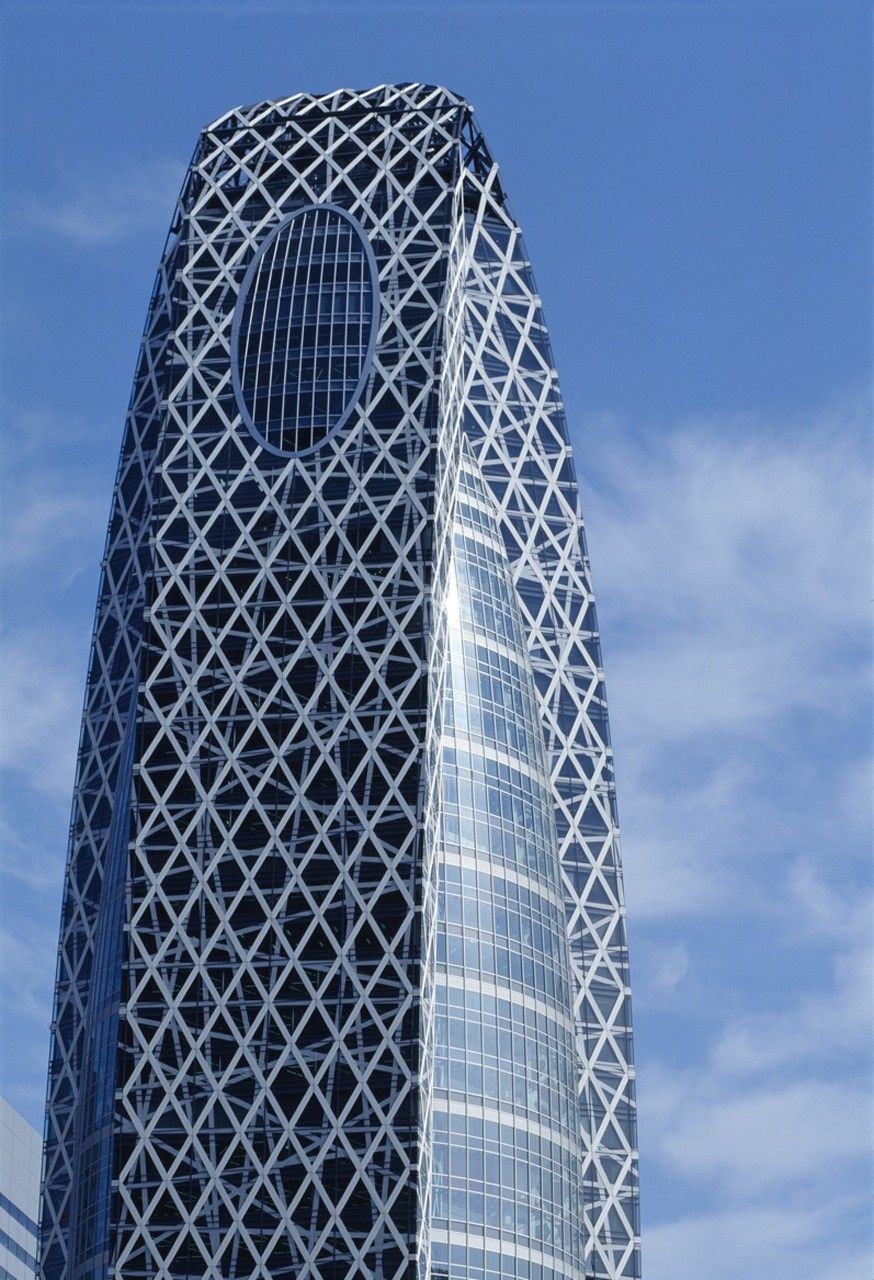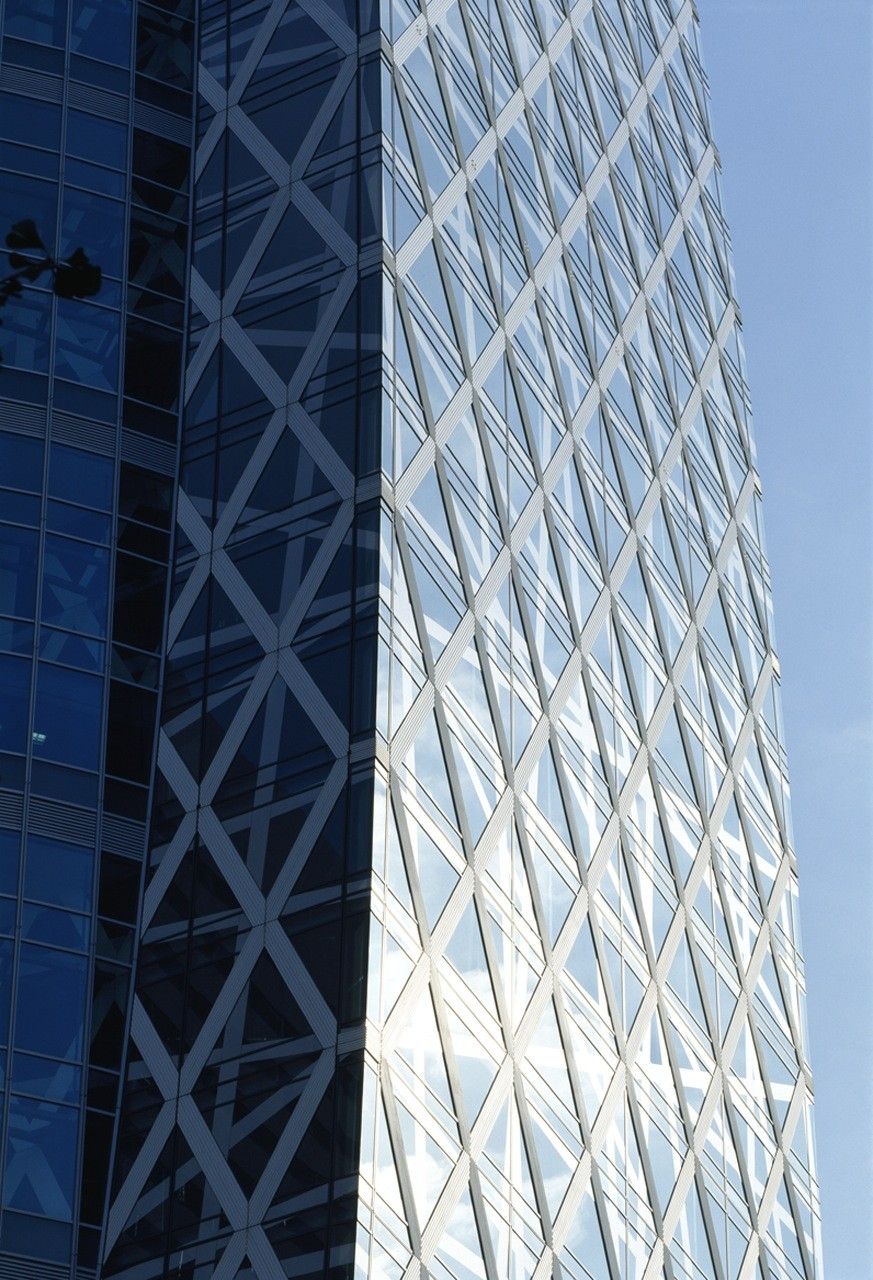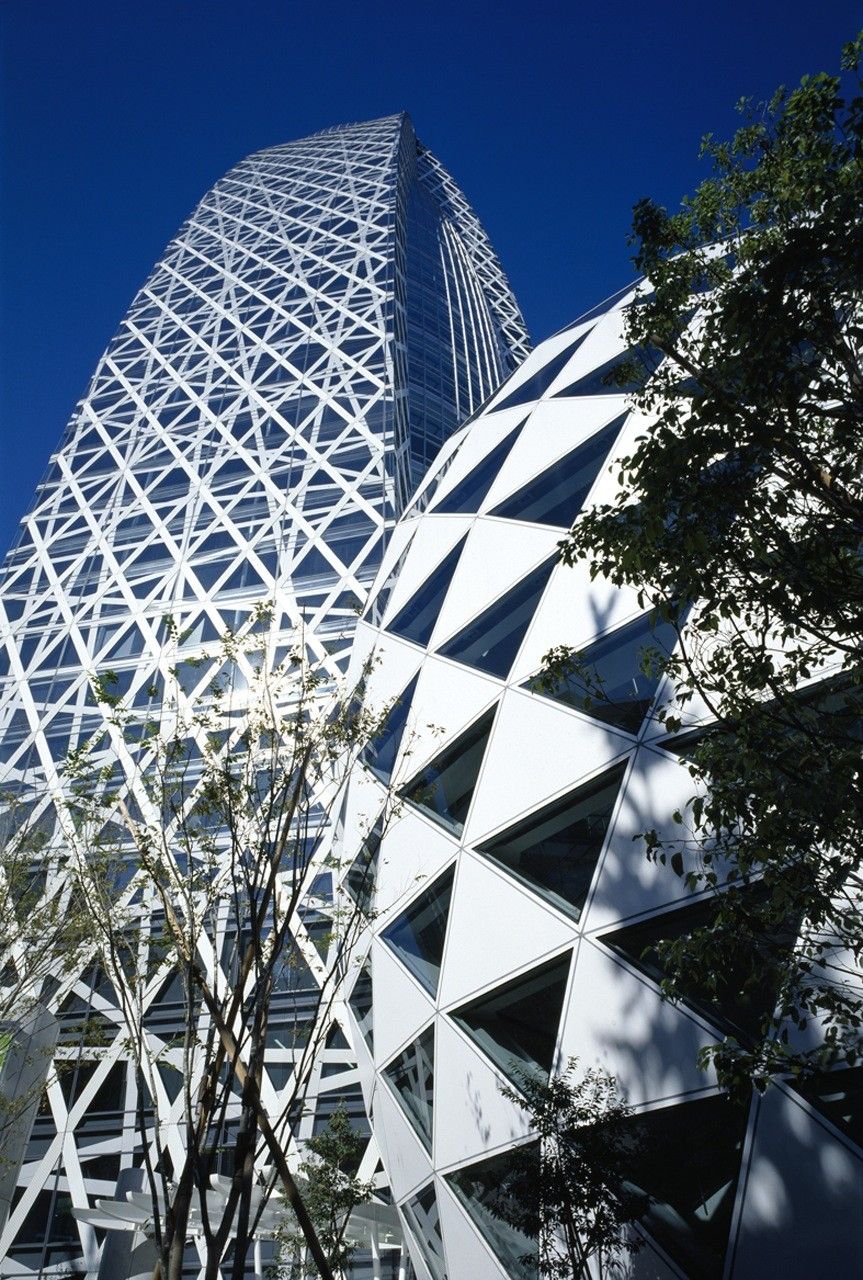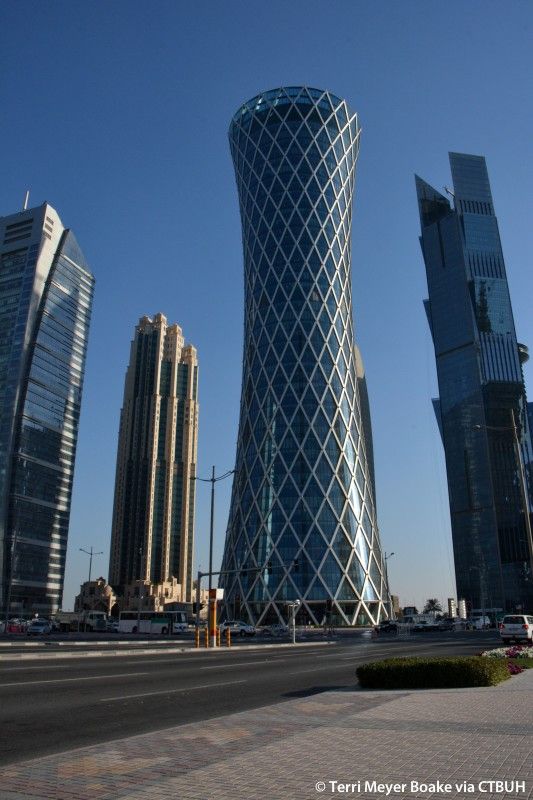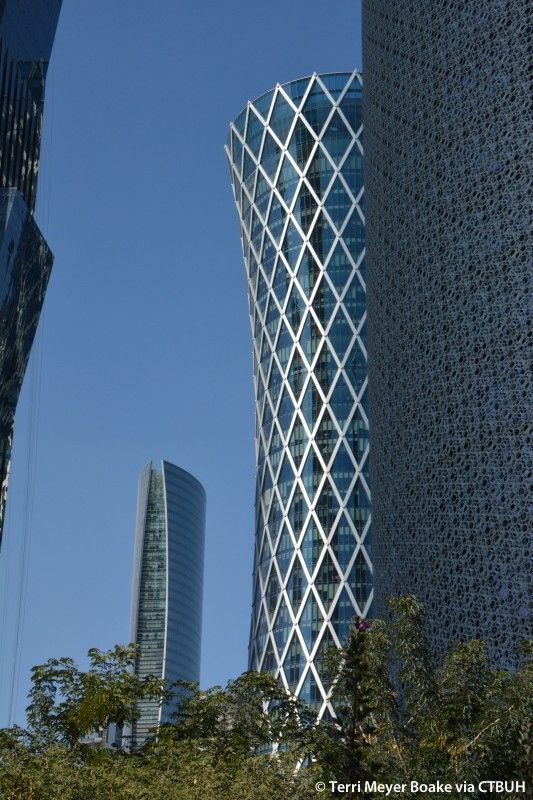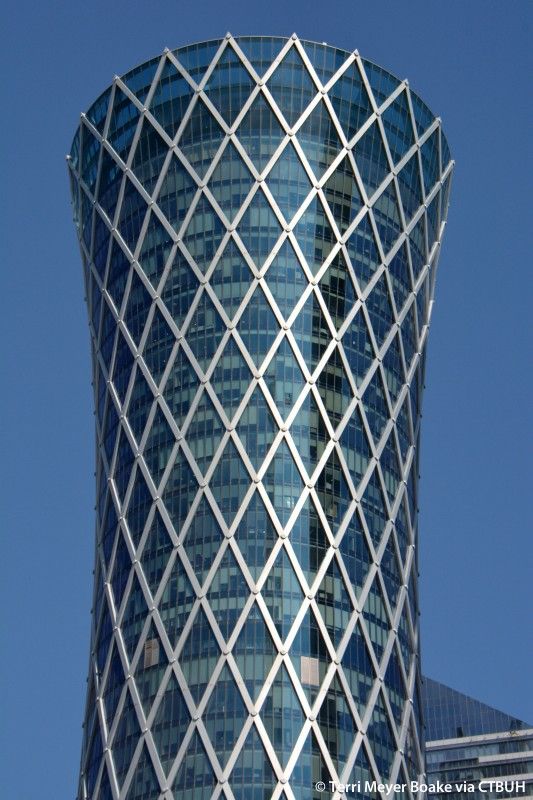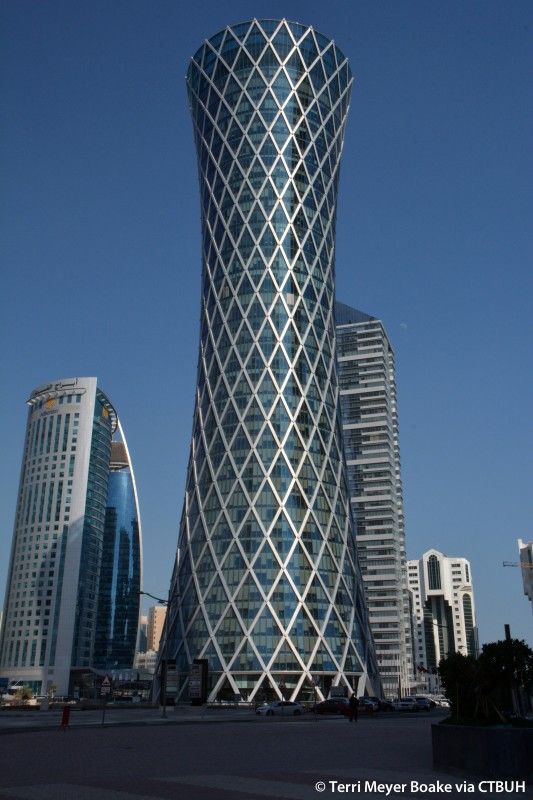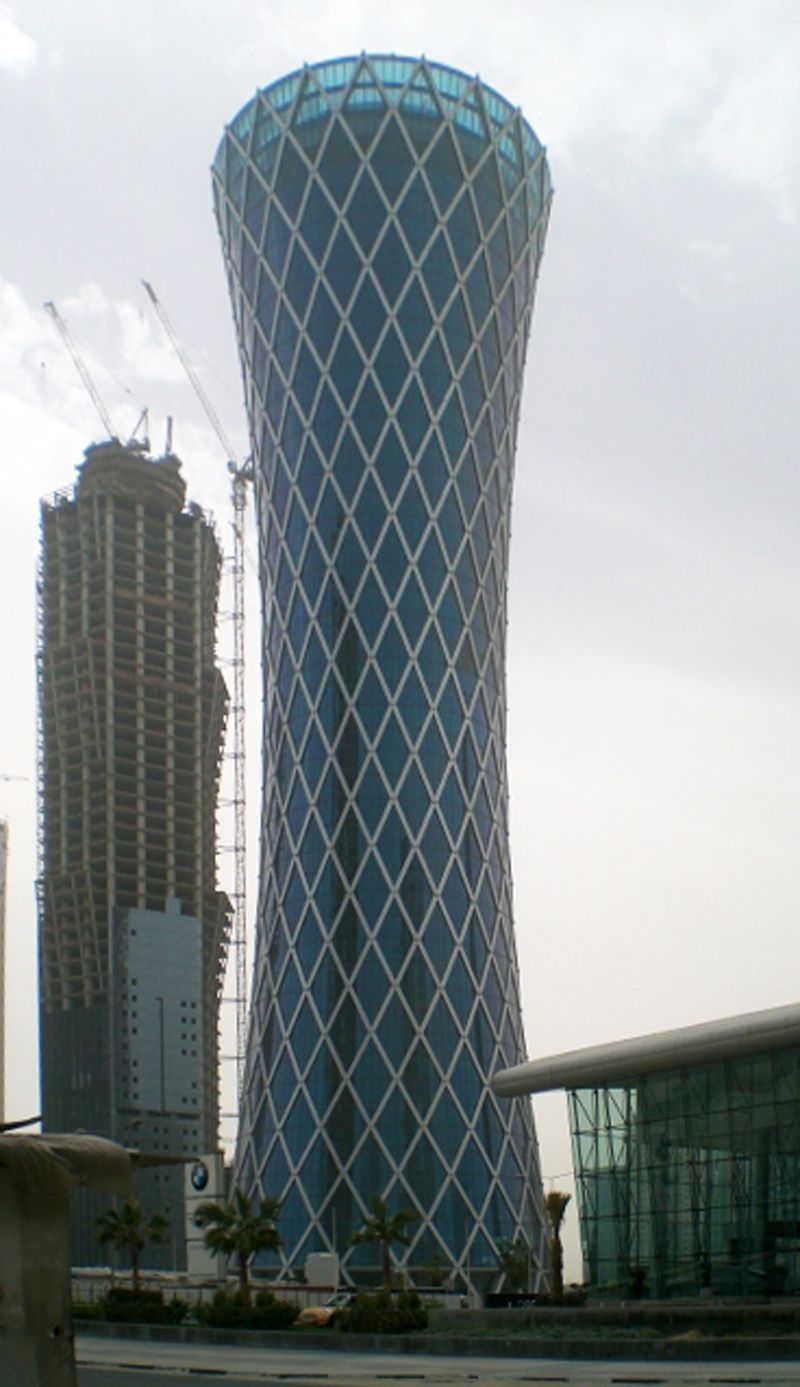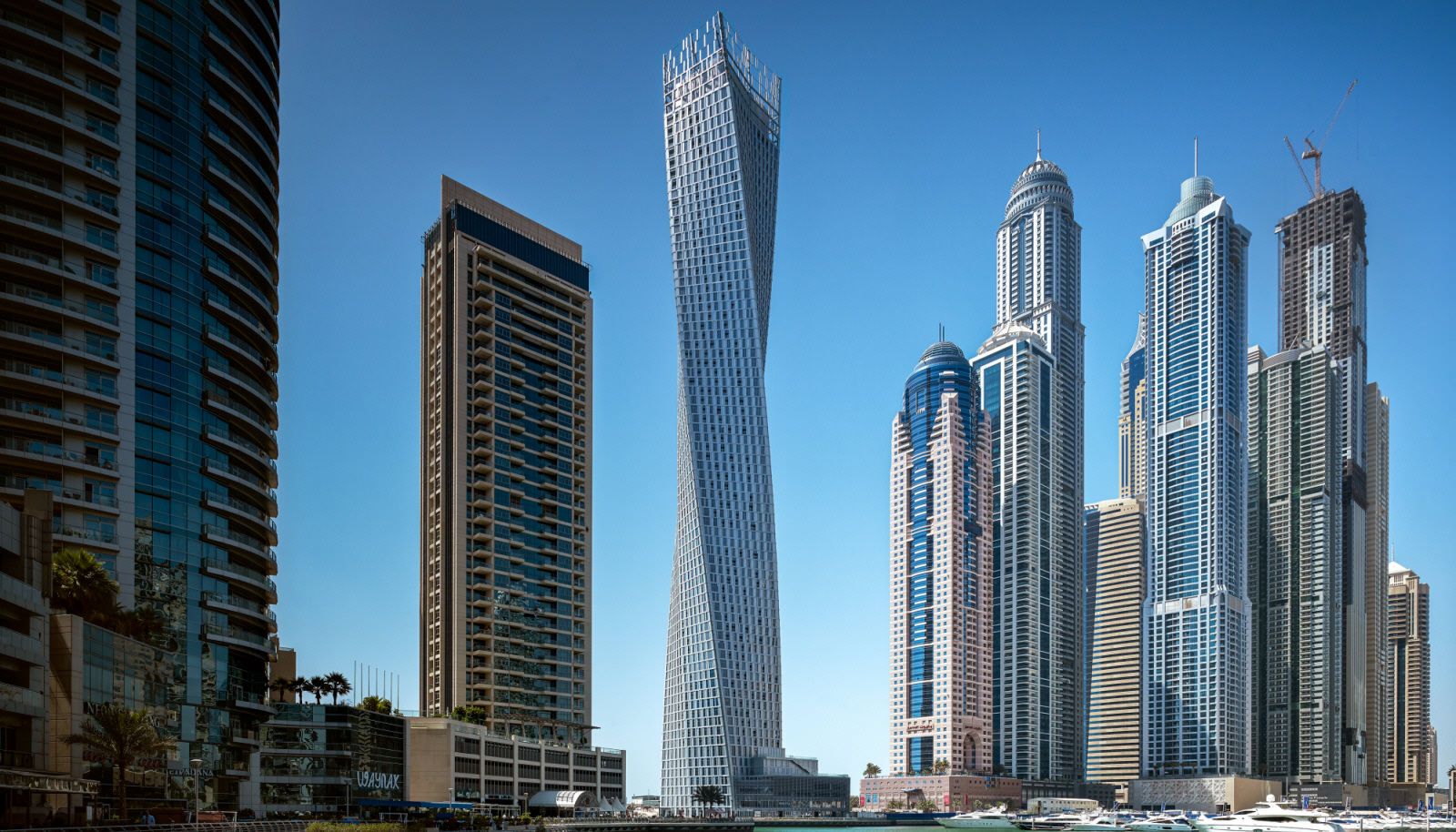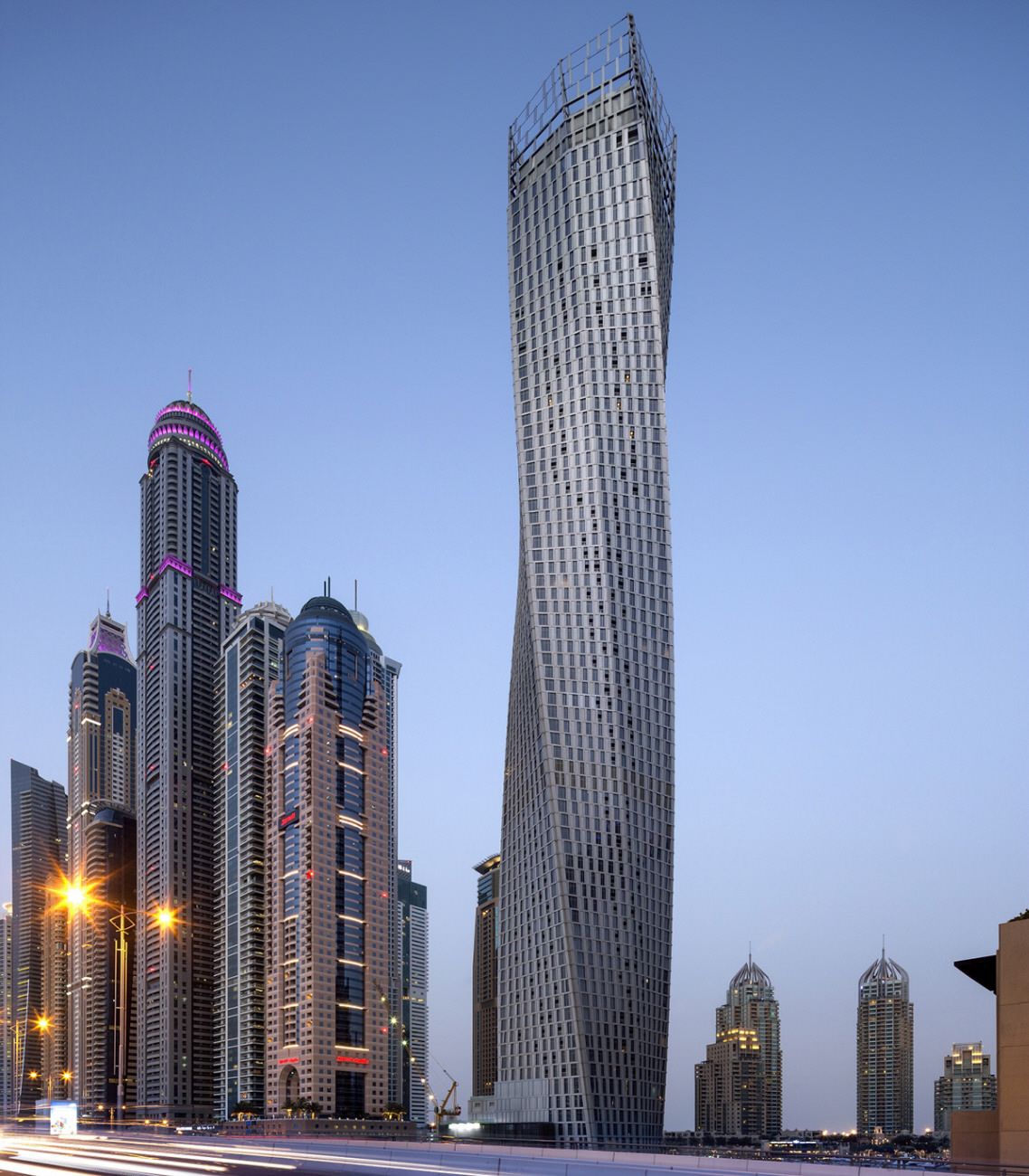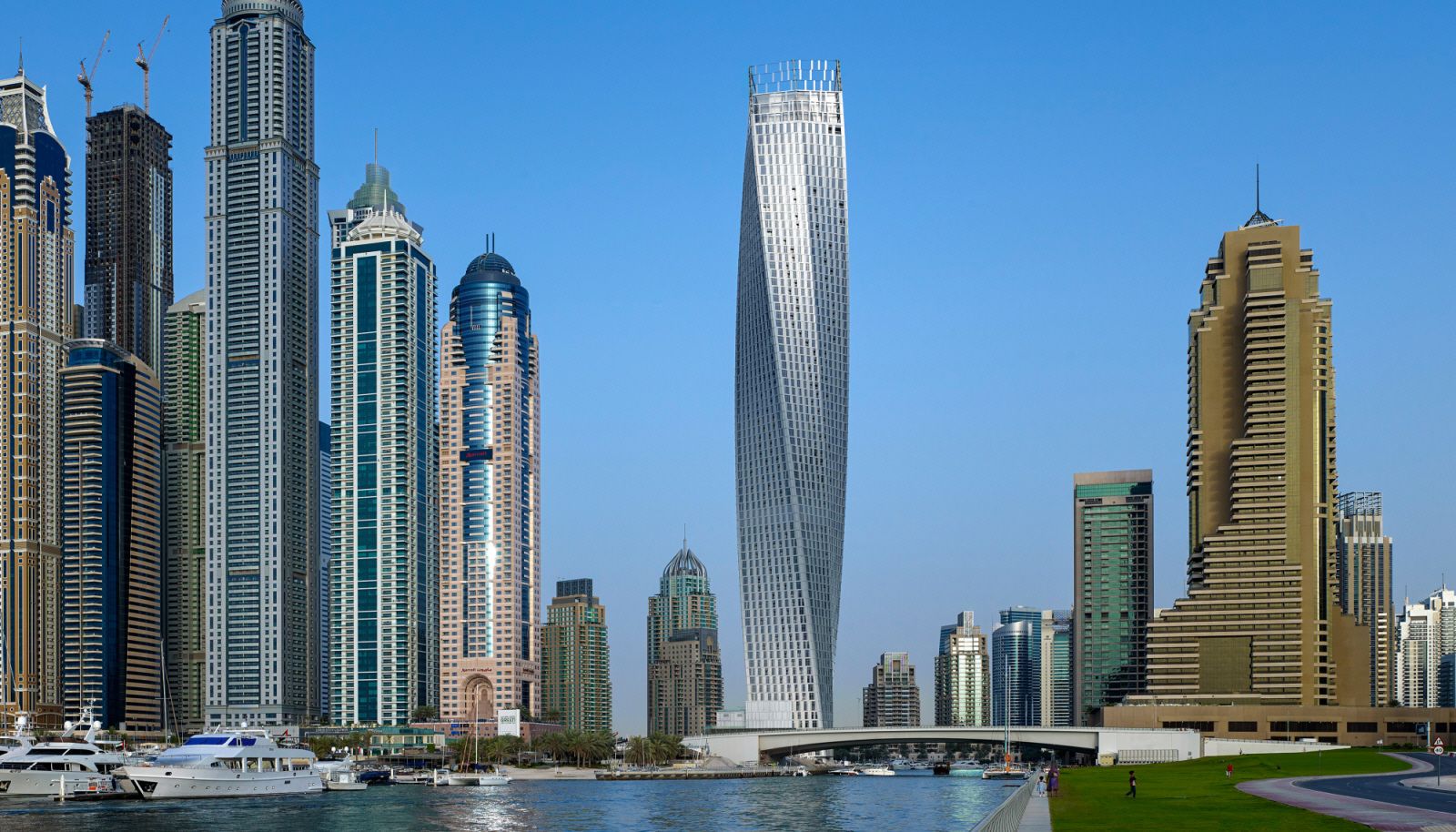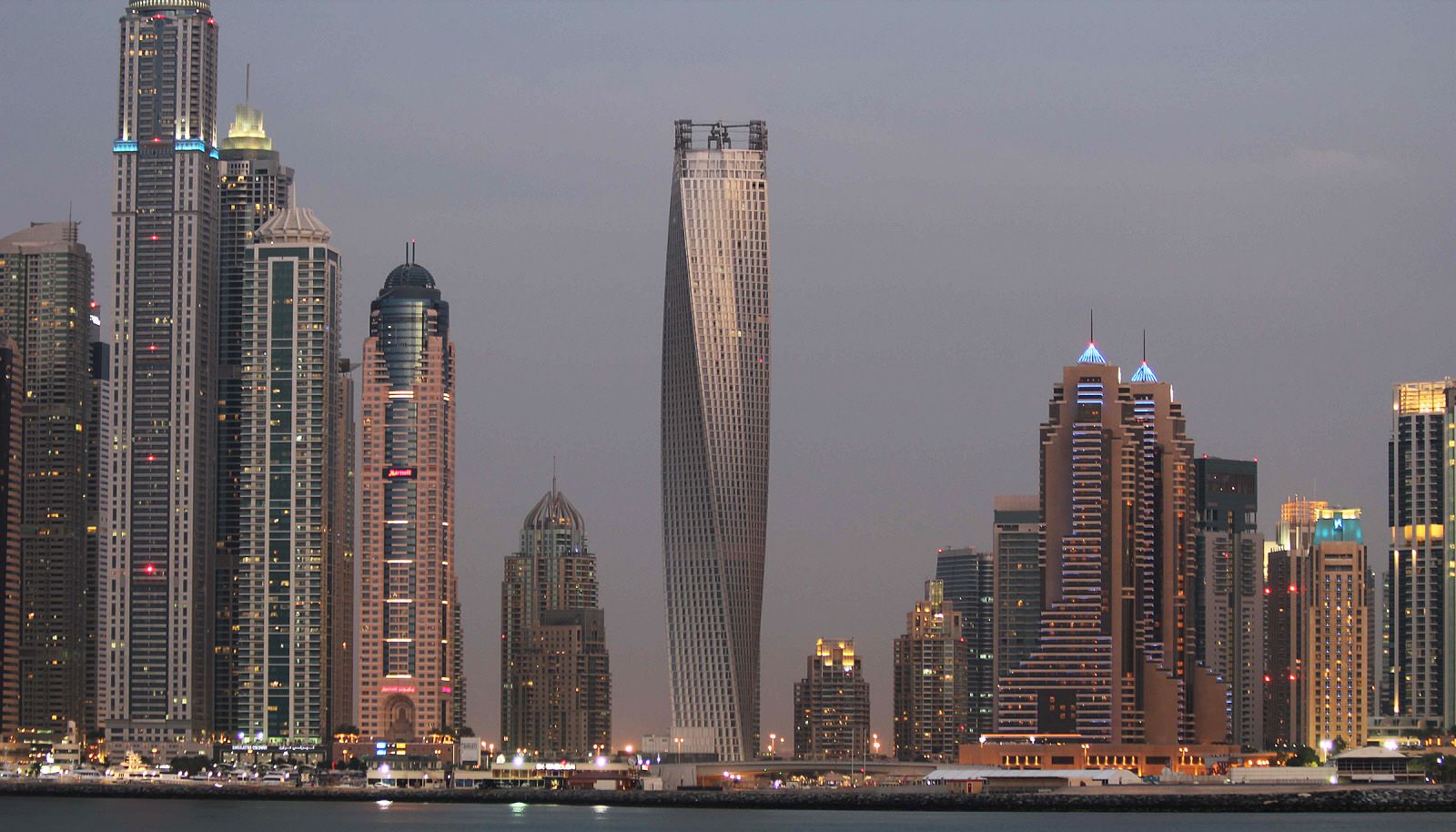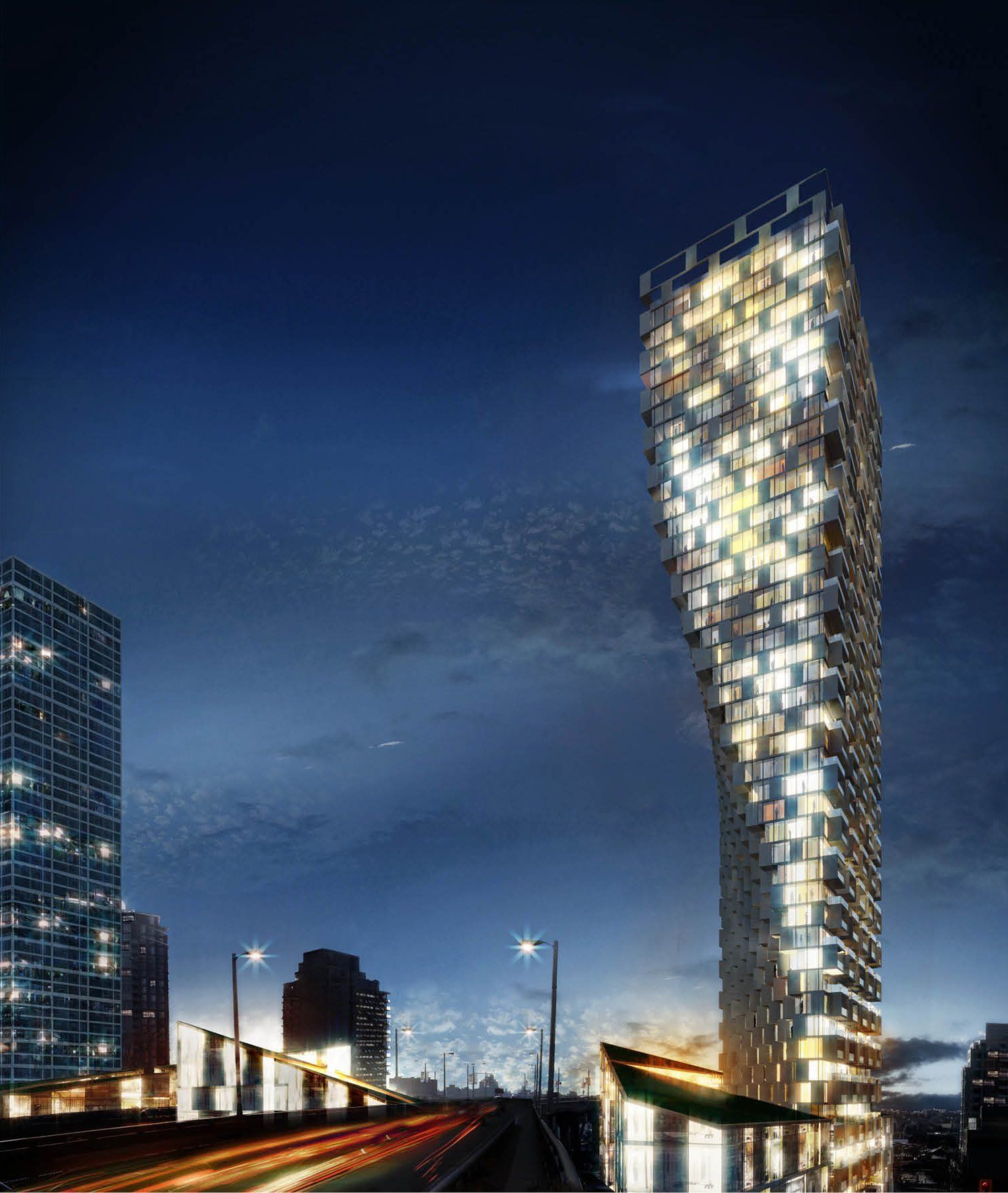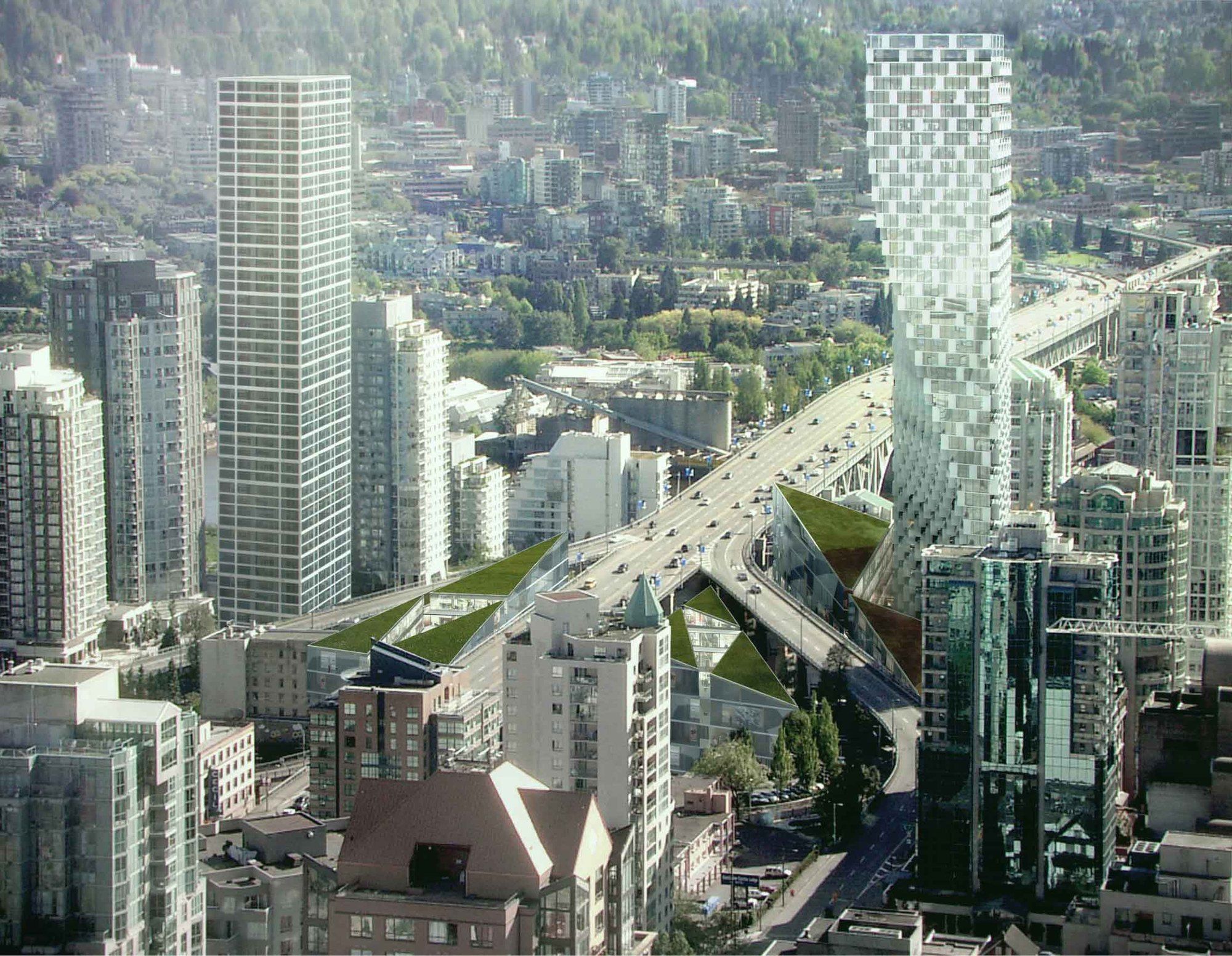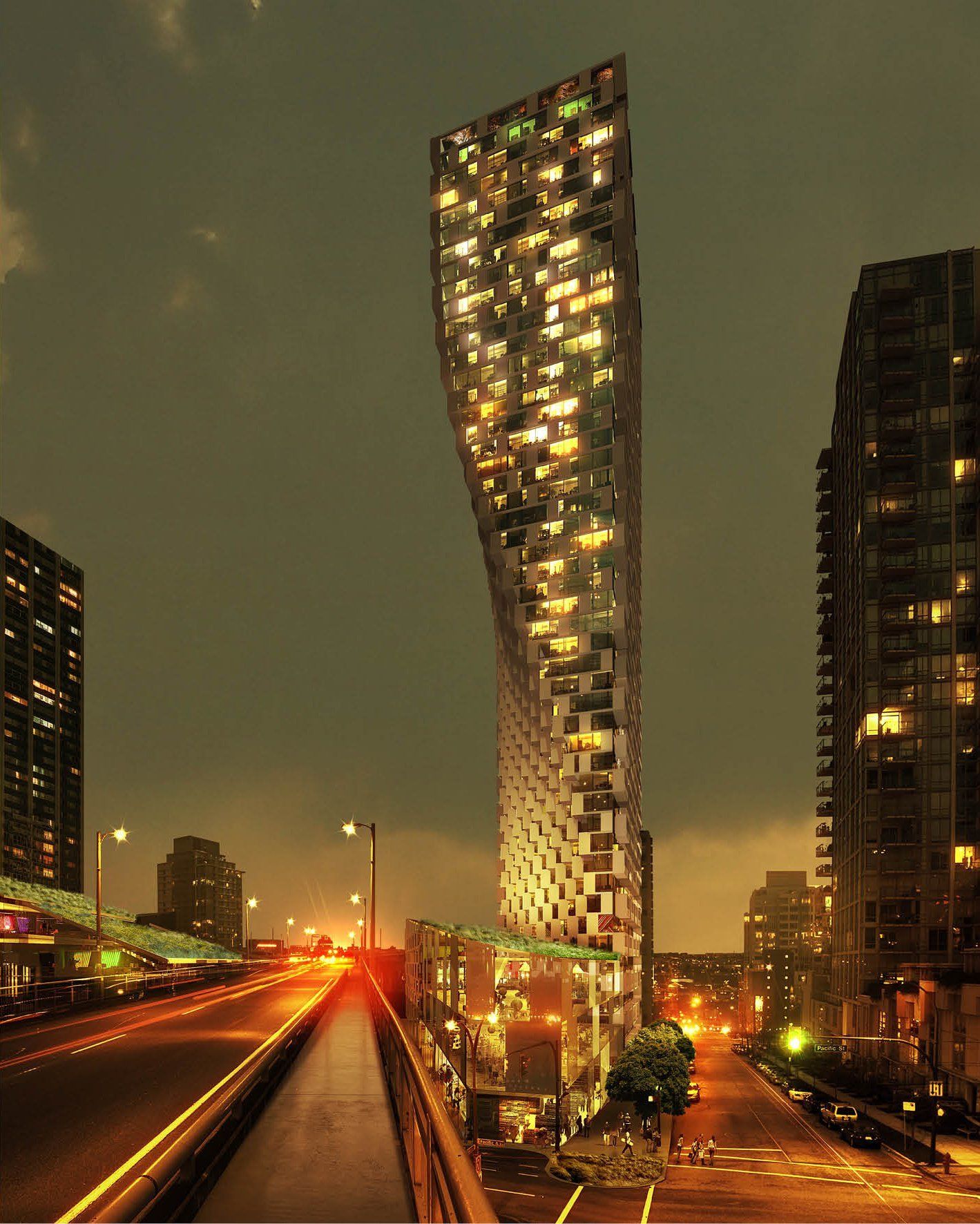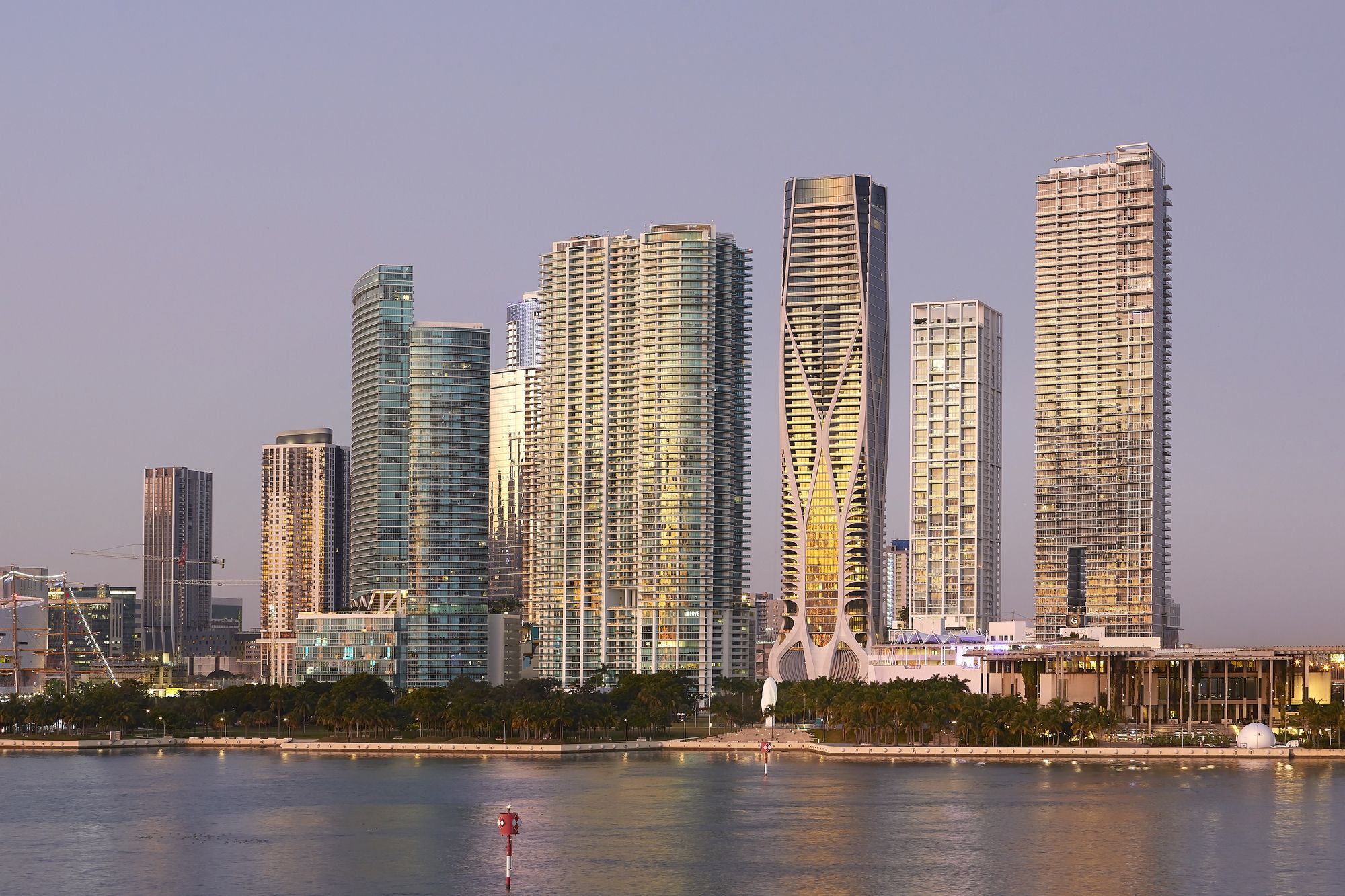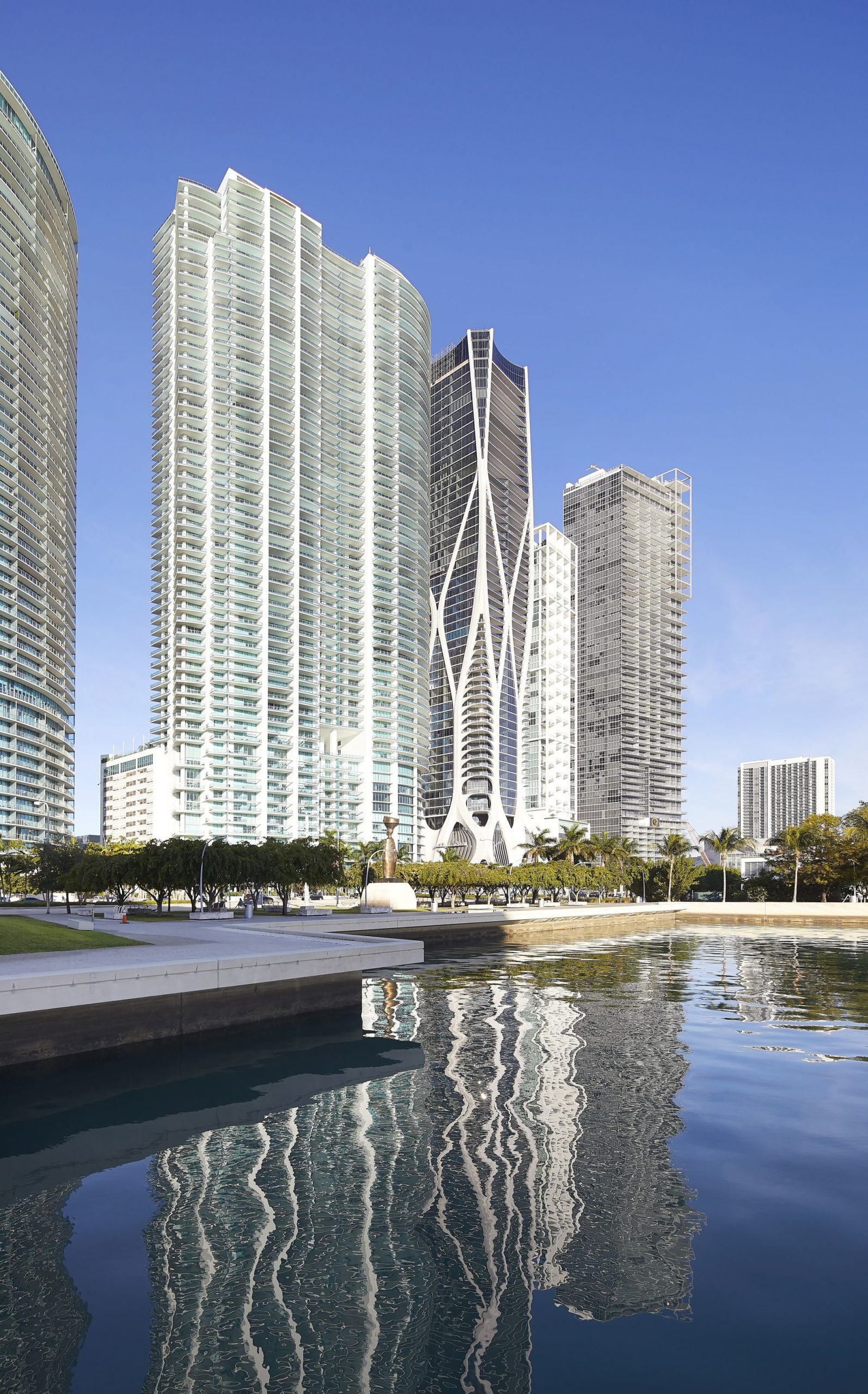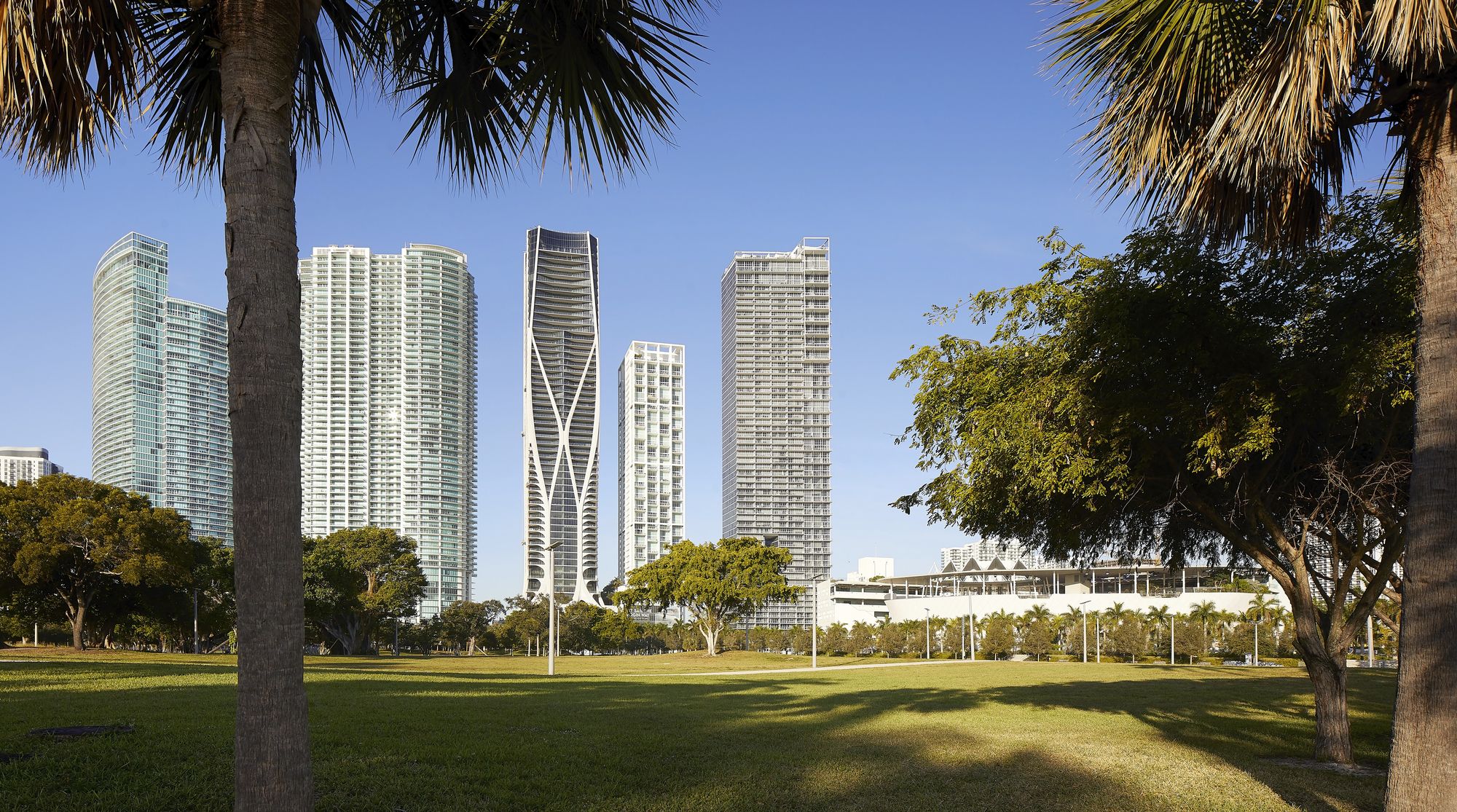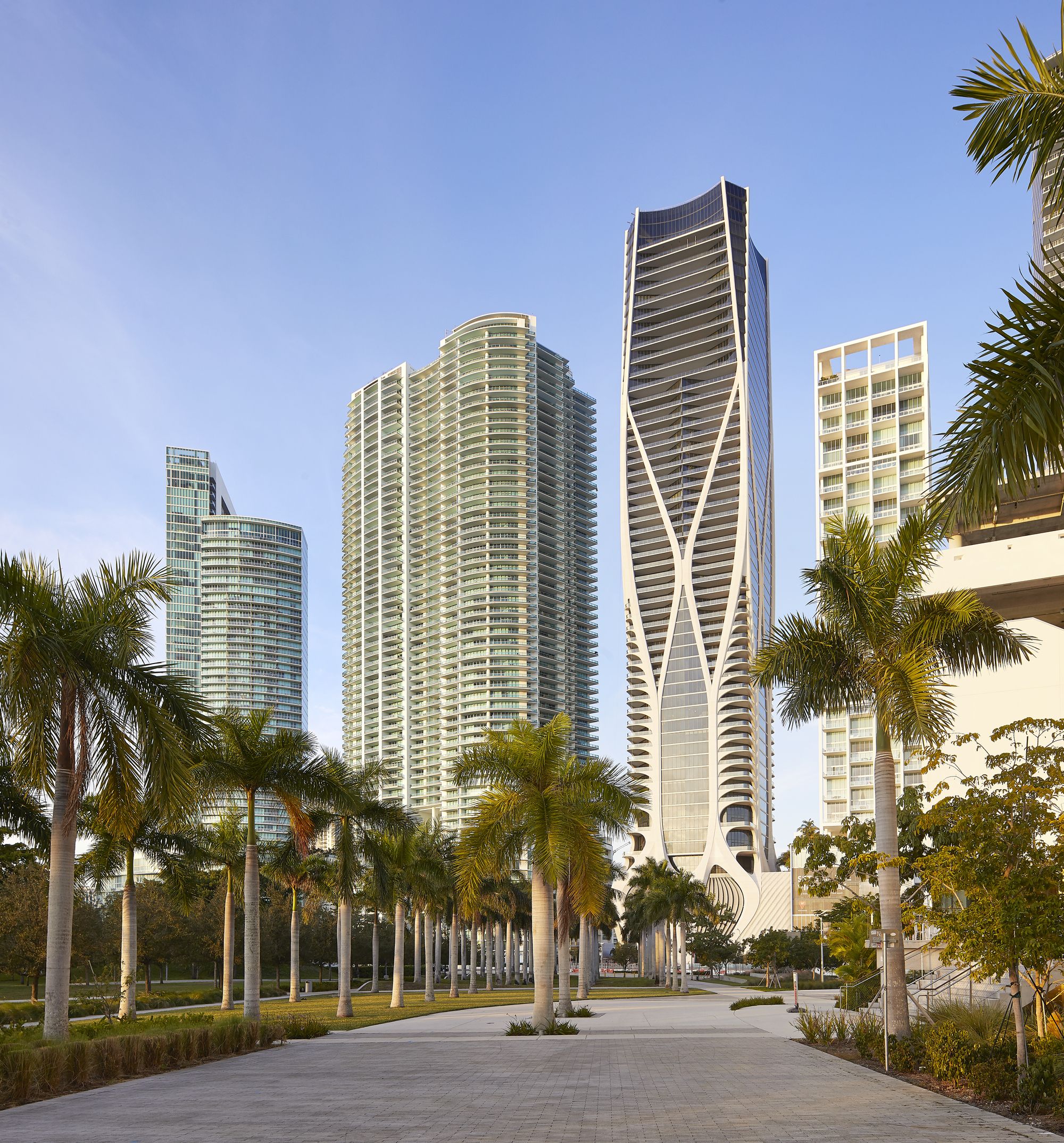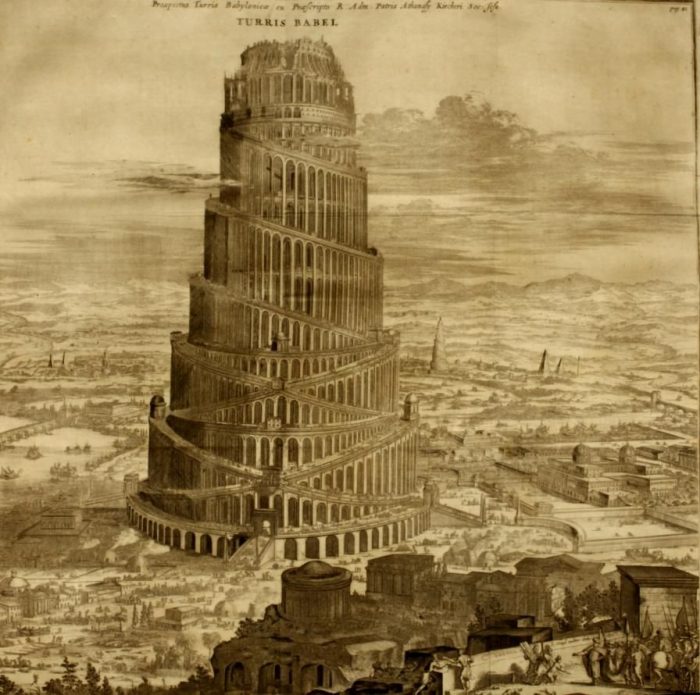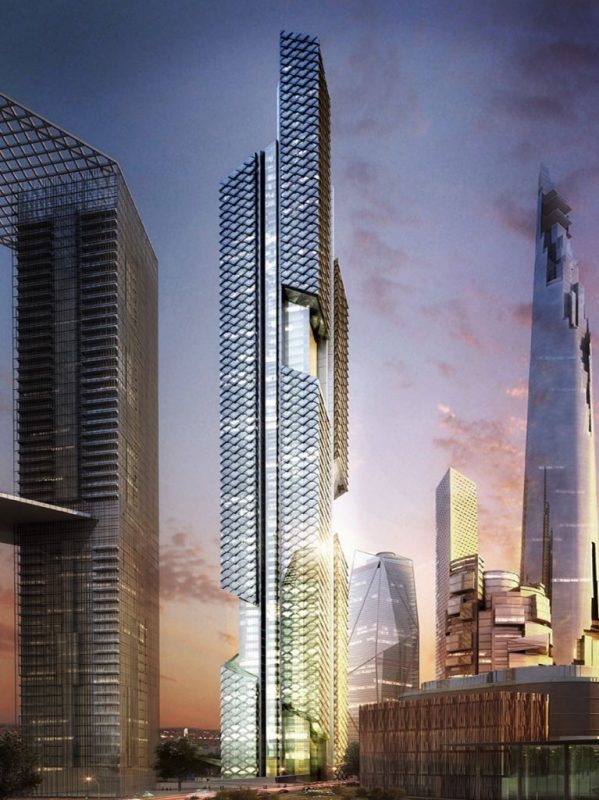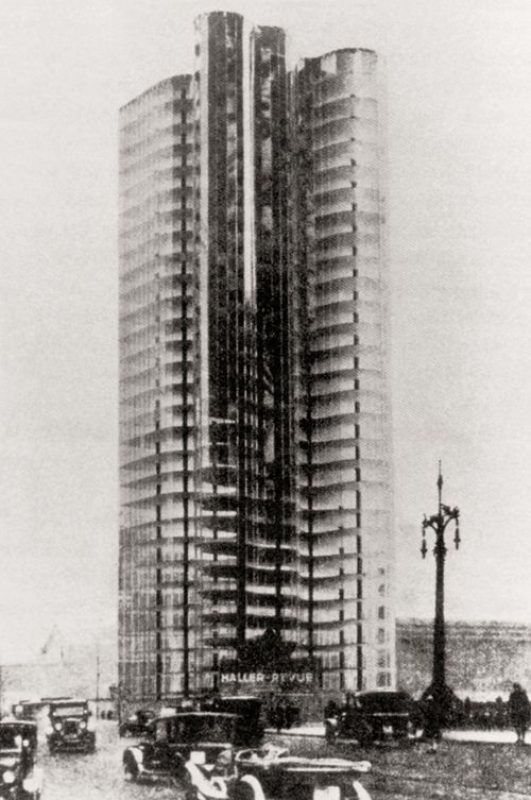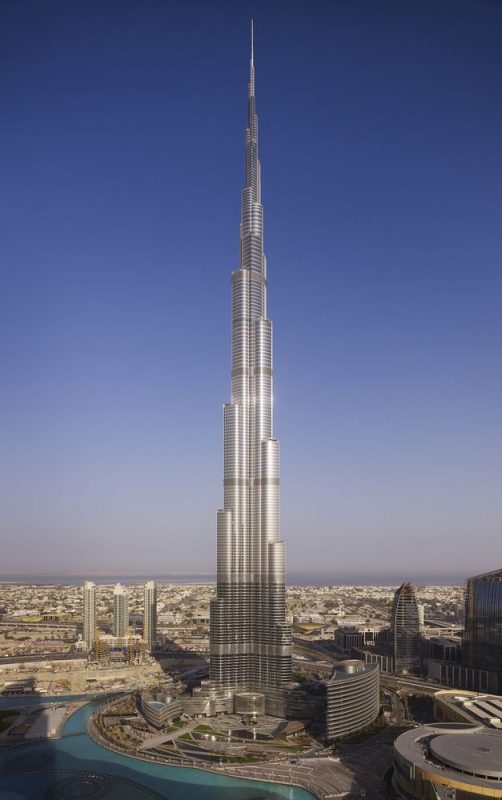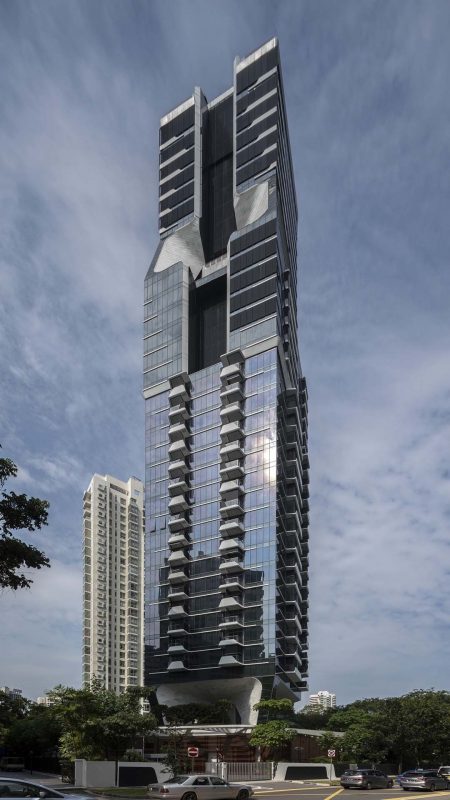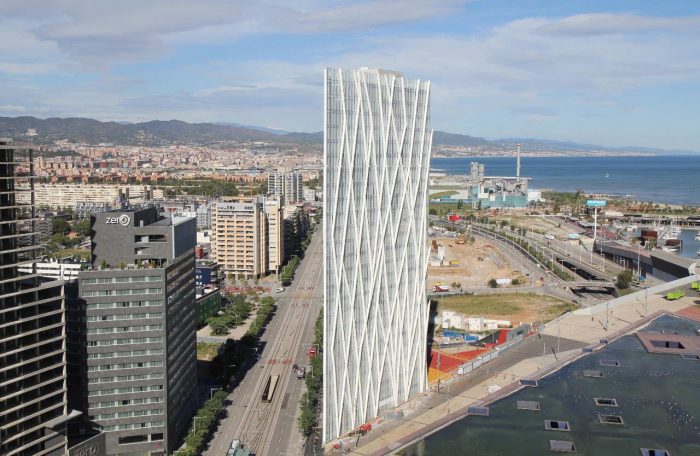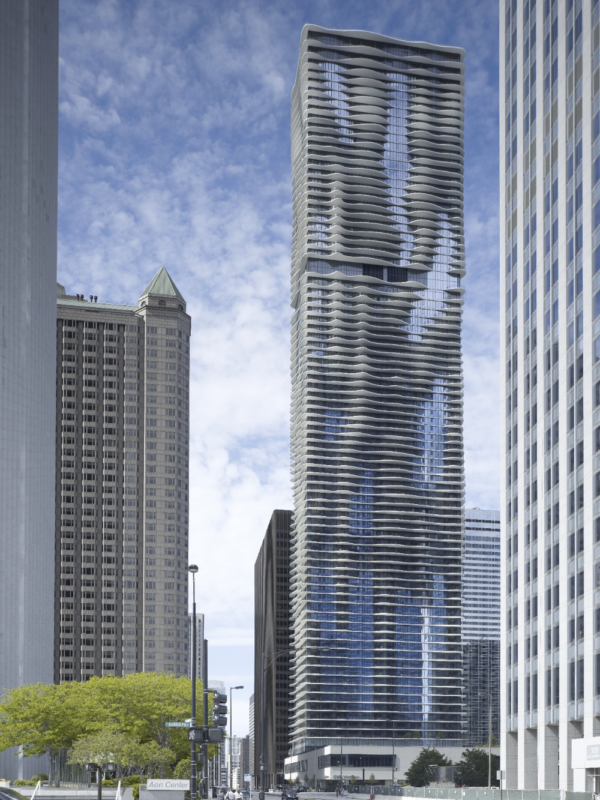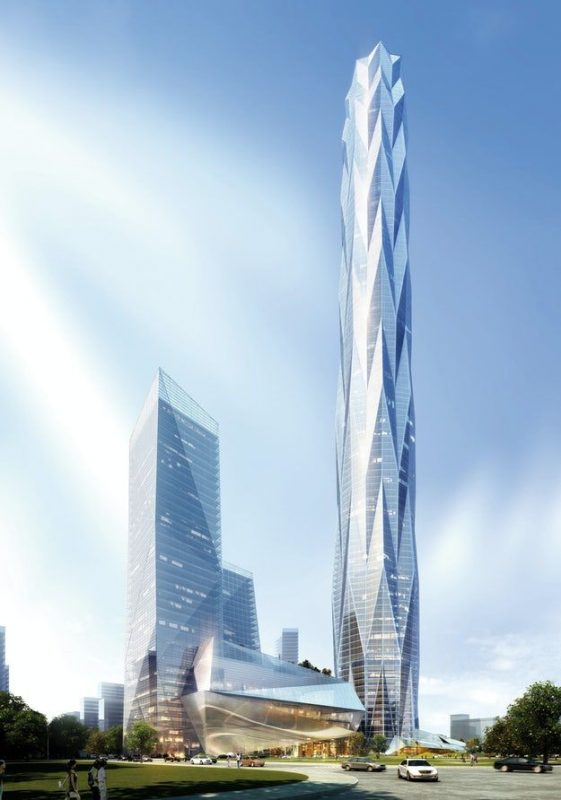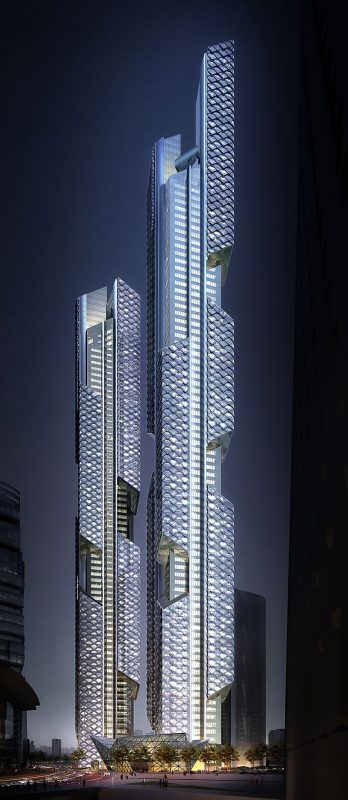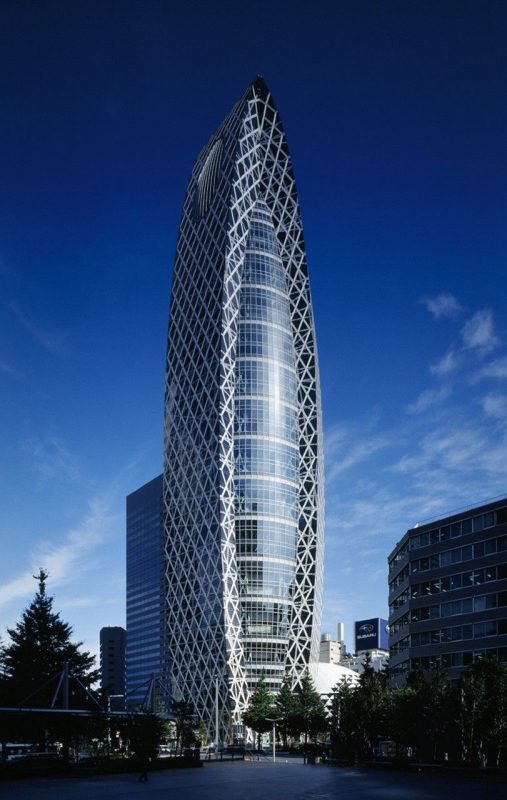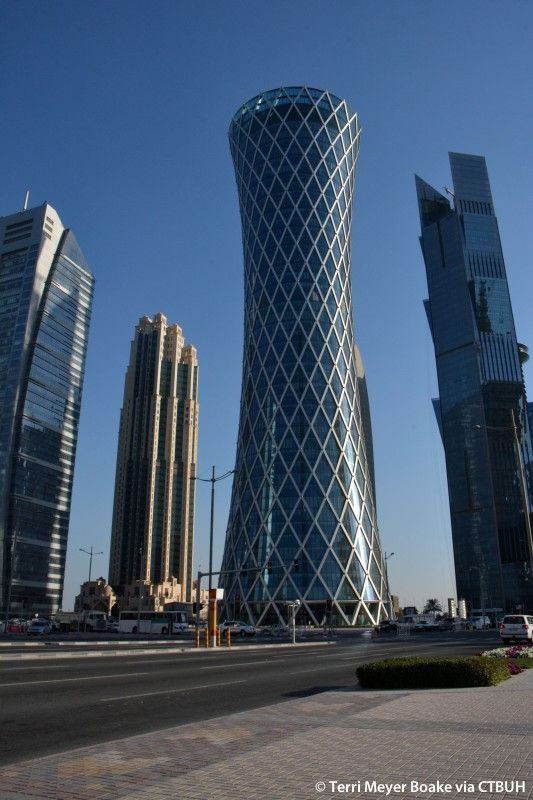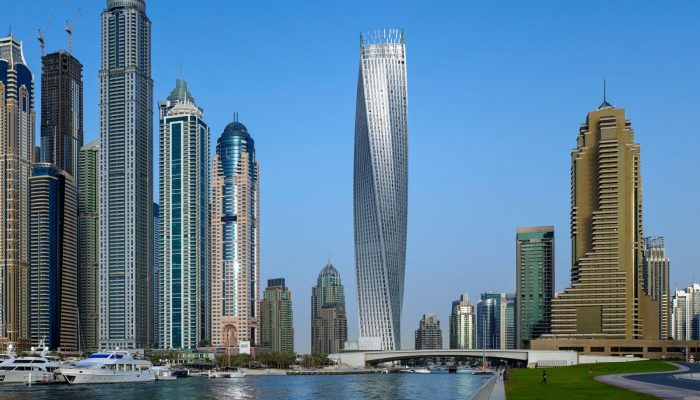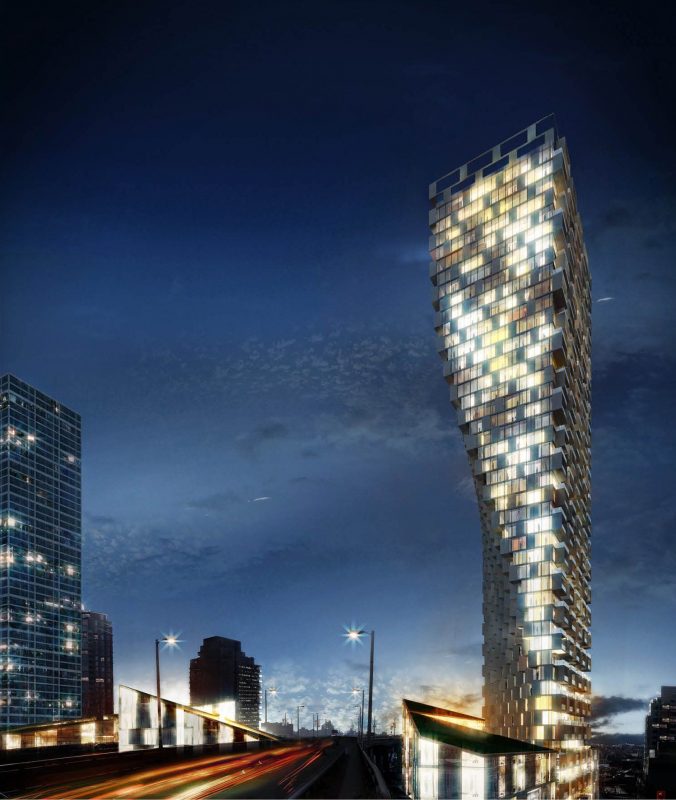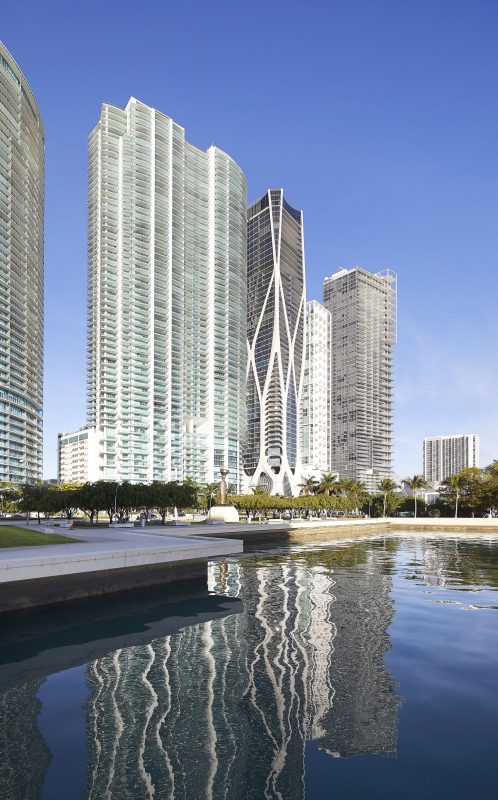The Symbolism behind the Tower
Human ambition to build overly high structures is well documented and has been a subject of many myths, the most famous of which is the myth about the Tower of Babylon. Even though we never happened to know much about the alleged functionality of this primeval Tower of Towers, one thing is certain: the construction of its structure had to become a monument of civilizational grandeur and challenge the divine order – unfortunately a punishable crime that resulted in splitting mankind into different peoples. We will explore more of that throughout our selections of the 10 Extraordinary Tower Designs.
The definition of the term in a strictly architectural context designates each structure or building characterized by its relatively great height in comparison to its horizontal dimensions. Viewed from a historical perspective, the tower, being part of the architectural military arsenal – is charged with the symbolism of power – it is a phallic and excessive vertical structure, striving to express supremacy rather than efficiency. Apart from being functional (military towers, observation towers, water towers, campaniles, telecommunication towers), these structures have always been overwhelmingly symbolic in their aspiration to rise above the surrounding habitats, thus becoming projections of societal fantasies for material progress. It is not surprising that the tower became a landmark of civic architecture exactly at the height of the Industrial Revolution in Europe with the construction of the world’s most iconic free-standing tower – The Eiffel Tower, which demonstrated the full potential of the steel construction and allowed the planning of greater construction heights for decades ahead.
Skyscrapers – Urban Monumentality
An iconic building type that is associated with the tower is the high rise that emerged at the beginning of the 20th century with the two terms being interchangeably used up to the present day.
The first “skyscrapers” became possible at the very end of the nineteenth century when the Bessemer process made steel available for columns and beams. Cast iron enabled buildings to go higher while reducing the size of the support columns inside. Masonry and brick became an exterior signature. Richard Morris Hunt’s Tribune Building (1873–5) in New York (currently demolished) is one of the first high-rise buildings with the clock tower being a crucial component in the design.
This is a tendency we continue to observe in other iconic high-rise buildings – for example in the Singer building in New York by Louis Sullivan with a mansard-topped tower rising from the larger massive block below and constituting almost half of the whole construction.
The tower is a hallmark in architectural Art Deco too, with Sullivan writing some years earlier in his essay of 1896, “The Tall Office Building Artistically Considered”, that the “new types of buildings required new architectural expression, i.e., decoration.”. Art Deco’s ornamental orchestrations will draw inspiration from the towers typical for the Gothic churches and cathedrals.
And eventually, we can say that within the International Style and its imposed functionalist aesthetics, the high rise finally became a free-standing tower and from being a complementary component in the structural design, the tower became the building itself.
The evolution of the form is visible in this rendering from Ludwig Mies van der Rohe’s unrealized Glass Skyscraper Project (Berlin, 1922)
The Tallest Tower- Burj Khalifa by SOM (Adrian Smith)
Burj Khalifa in Dubai, the UAE, designed by Adrian Smith and Gordon Gill, back then part of SOM, is the tallest building in the world today with a design based on the vernacular architectural trope – the spiral minaret. The high rise is a mixed-used development, reaching a height of 828 m and providing a captivating view of the Arabian Gulf and Dubai’s skyline.
10 Extraordinary Contemporary Tower Deigns
-
Singapore Scotts Tower by OMA
Nicknamed The Floating Tower this fascinating construction amazes with modernist, high-tech, and deconstructivist stanzas. The 153-meter-tall tower is geometrically bold and multileveled with massive blocks attached to the main corpus that appears to float. The building features 68 apartment units and a rooftop terrace, providing a panoramic view of the city. The externalized volumes of the floating tower liberate the building’s ground level and open space planned to serve as a communal leisure area benefitting from the extensive green zone. The project was completed in 2018.
-
Diagonal ZeroZero by EMBA
This extraordinary trapezoidal prism tower, applying an extra-clear glass curtain is a 110 m (360 ft) tall 24-story skyscraper in Barcelona, Spain, and houses the corporate HQ of the Telefónica Group. Inside the building, four singular areas generate a variety of interior experiences: the main lobby atrium of 30 meters height; an atrium on the club area at the 17th floor; the terrace and the double height of the Board Room, on the 23rd floor; and the auditorium, which occupies two floors and is split into stalls and two amphitheaters that can operate autonomously for smaller groups.
Extensively wavy and elegant, this high rise is one of Chicago’s tallest buildings reaching a height of 876 feet (267m), which makes it the tallest tower building designed by a female architect – Jeanne Gang. Undulating concrete balconies embrace the floor slabs situated across the height of the tower. The design builds upon the characteristics of terrestrial topography and the liquid tower is imagined as a vertical landscape made up of hills, valleys, and pools.
-
Greenland Tower by Adrian Smith and Gordon Gill
Designed by the two former members of SOM responsible for Burj Khalifa’s design, Adrian Smith and Gordon Gill, this 468-meter-high crystalline tower is icy, edgy, and reflects the sky in its glacier cladding. Located in the center of Chengdu in Southwestern China, the tower building will individualize the booming Dongcun district. Its monolithic sculptural body was inspired by the unique ice mountain topography around Chengdu. The main tower consists of 120,000 sqm Class A office space in the lower zone, a 51,000 sqm luxury hotel in the middle zone, and 42,000 sqm of CEO suites in the high zone. Two small towers, at 116 m and 147 m, respectively, accommodate high-end SOHO apartments.
-
Dancing Dragons by Adrian Smith and Gordon Gill
Situated in the flourishing business and commercial district on the north bank of the Han River in Seoul, these sculptural double towers will house residential, office, and retail spaces. The eaves of the traditional Korean pagodas are structurally implied in the complex composition. Smaller tower modules are cantilevered around the central axis and create a feeling of floating and movement. Mythical creatures such as dragons or fish serve as inspiration for the architects and associations are invoked by the scaly skin of the buildings. Towers 1 and 2 have different heights – 450 m and 390 m respectively.
This fascinating cocoon tower is the home of three different schools – Tokyo Mode Gakuen (fashion), HAL Tokyo (IT and digital contents), and Shuto Iko (medical treatments and care). The cocoon design seeks to see the learning process as an incubator for ideas. The interior space is organized around an atrium with multifunctional corridors to create vigor and mobility. From the 1st floor to the 50th floor, rectangular classroom areas are arranged in a curvilinear form. The inner core consists of an elevator, staircase, and shaft. The 204-meter-tall tower is the second-tallest educational facility in the world (surpassed only by the main building of the Moscow State University).
-
The Tornado Tower by CICO Consulting Architects & Engineers and SIAT
Consisting of 52 floors, this 640-feet (195 m) tall commercial tower building soars over the West Bay in Doha, Qatar. The façade is equipped with a specially designed lighting system that provides diverse luminosity at night. The design’s plasticity seeks to resemble a tornado. In addition to the corporate spaces, the tower houses shops, restaurants, fitness, and a medical center. The building’s high-tech modernism promotes security, energy efficiency, and flexibility. Siemens designed a Total Building Solution for the building and its usage featuring a customized Building Management System (BMS) with an easy-to-operate graphical user interface, unique video surveillance equipment, innovative access control systems, and alarms. Maximum energy efficiency and CO2 reduction are ensured through continuous monitoring and reporting.
-
Cayan Tower by SOM
The 75-story building is the world’s tallest twisted tower with an axis rotating to 90 degrees – a structural effect accomplished by twisting each floorplate against the story below it. Not only an aesthetical but also a practical solution – the architects ensure that wind load and solar heat are this way reduced. The Cayan Tower is built out of reinforced concrete and rotates around a circular core. The spiral skyscraper measures 307 m from base to top and overlooks the Dubai Marina and Arabian Gulf.
This 149-meter/490-foot-tall building by BIG has a unique structure with its entry into downtown Vancouver from the Granville Bridge. Thus, a 30m setback from the highway dictates a triangular footprint on the ground, which motivates this absolutely fascinating shape. The building peaks to rise over the highway and transforms a residual of the city’s infrastructure into one of the most prominent locations in the city.
This soon-to-be-tallest building in Miami, Florida – 1000 Museum – is planned along a Z-axis and features an immersive crystalline façade, wrapping the fluid building’s exoskeleton. Being one of the few towers designed by Zaha Hadid, this super-luxury condominium tower rises 66 stories, housing 83 residential units of different kinds. The ambitious tower building swims freely against the sky offering 30 000 square feet of smart facilities for sport and leisure activities. The building was completed in 2020.
By: Sabina Karleva
